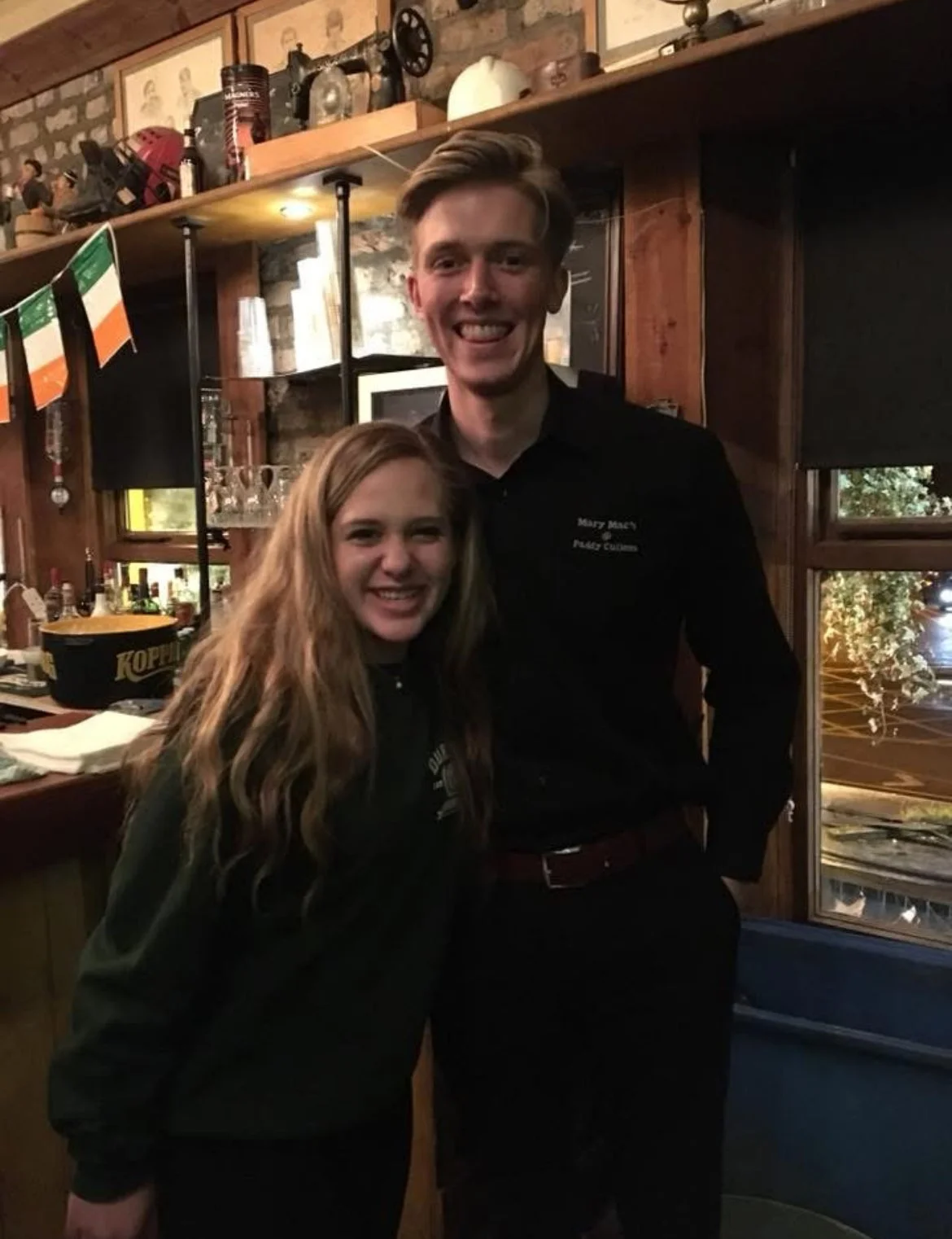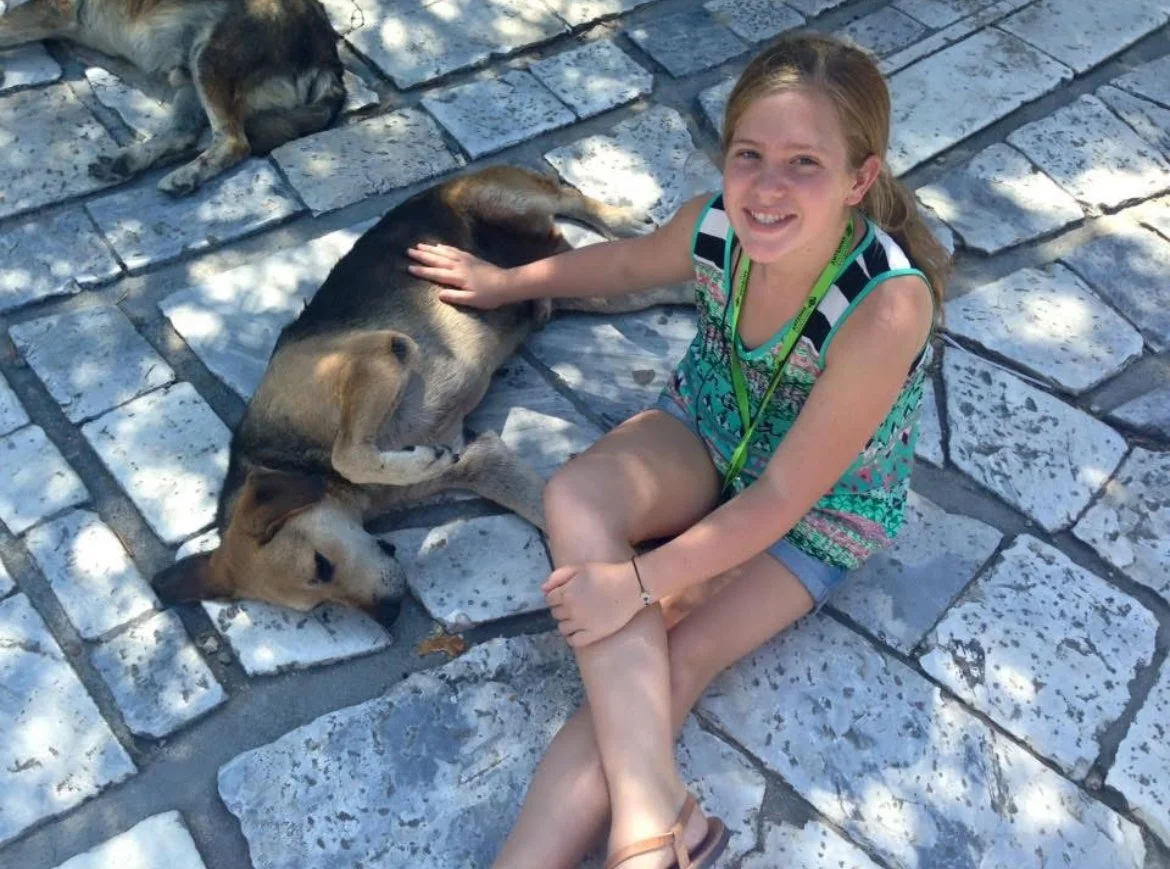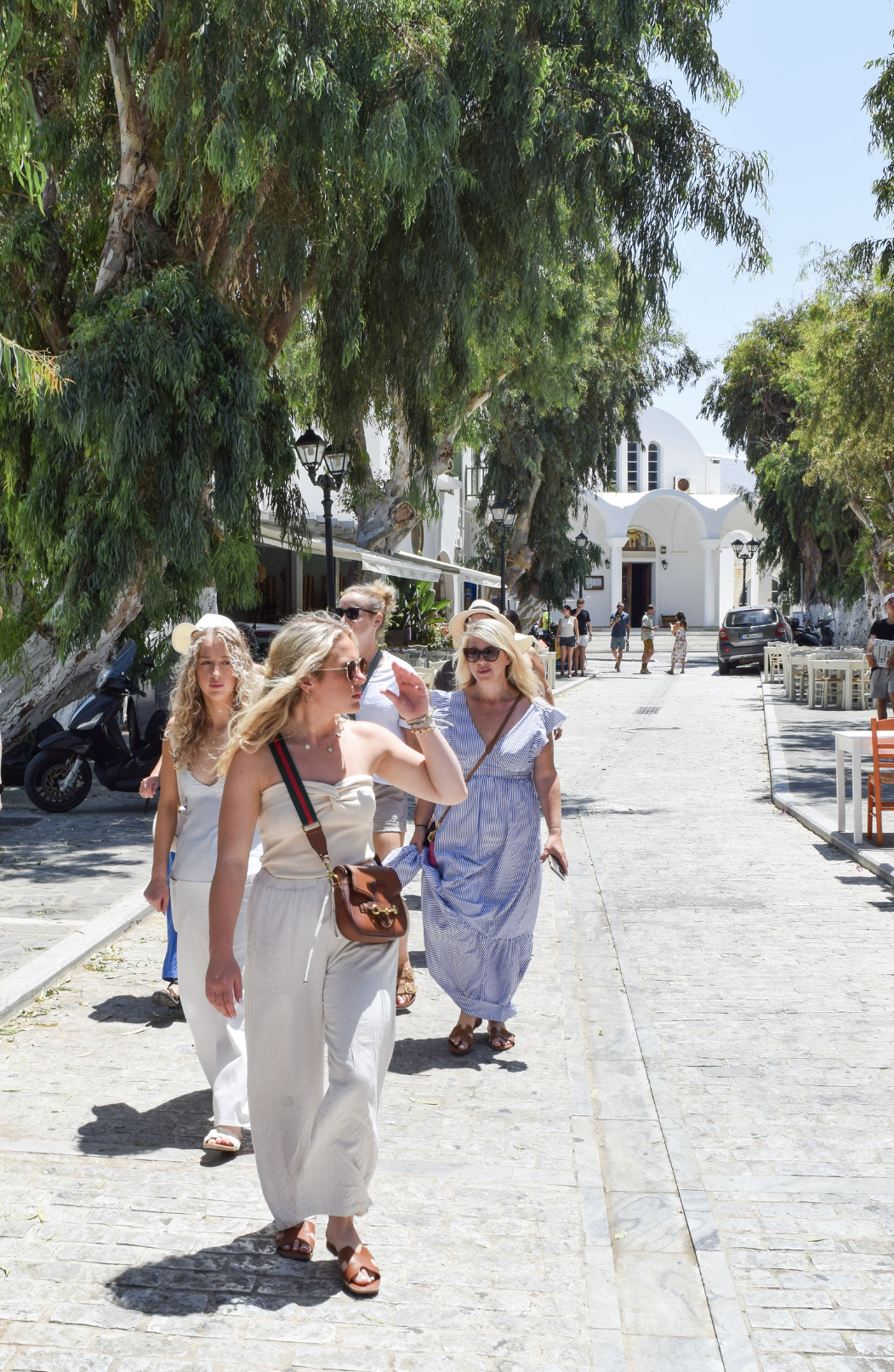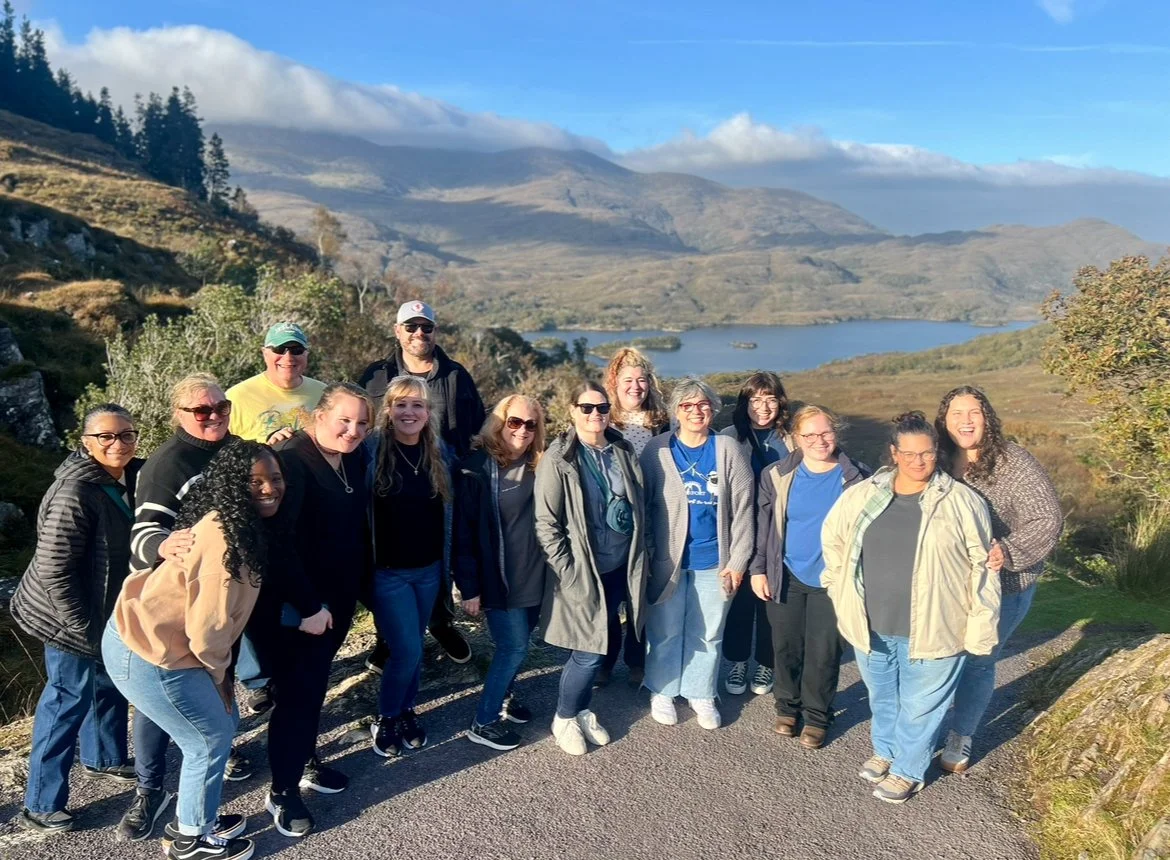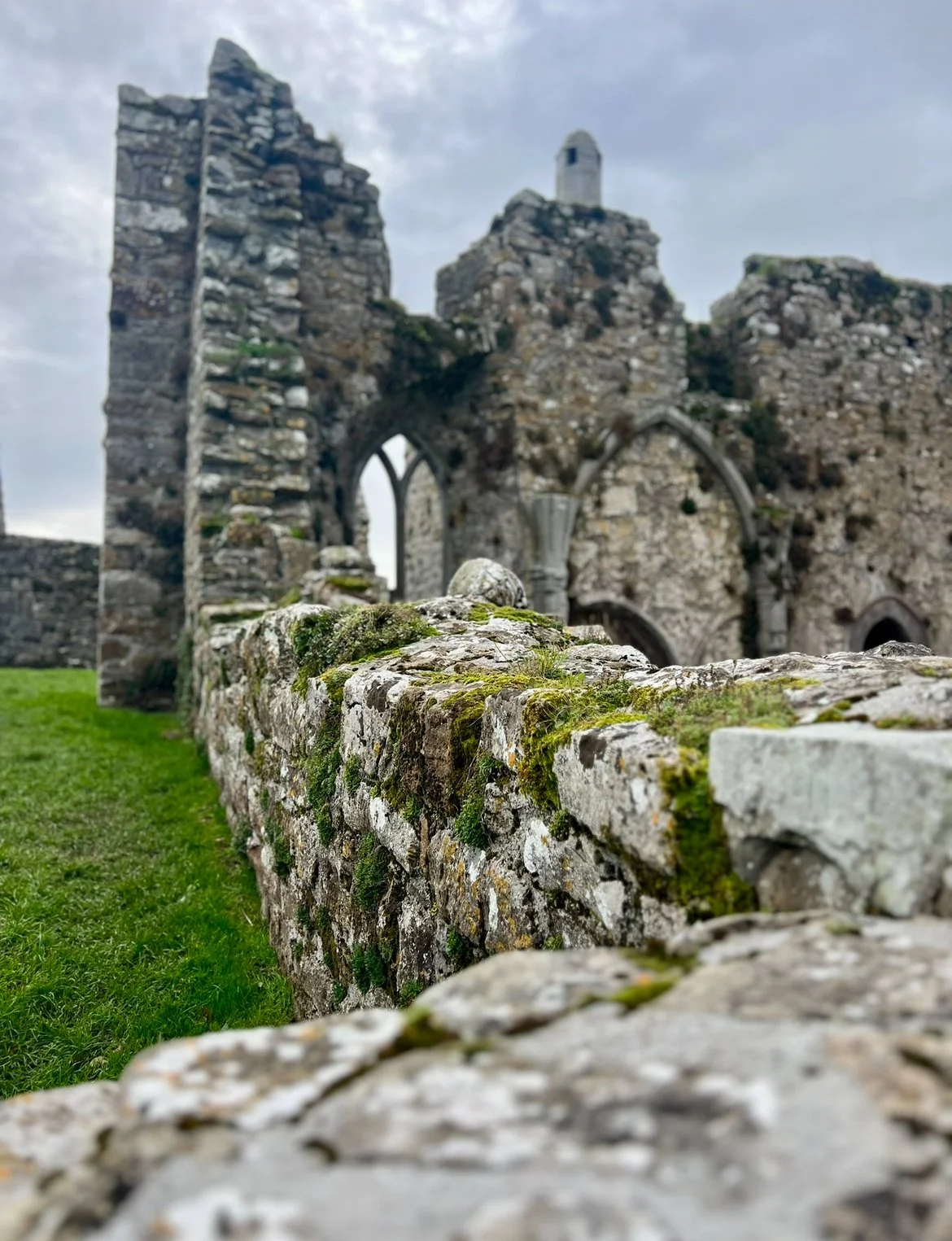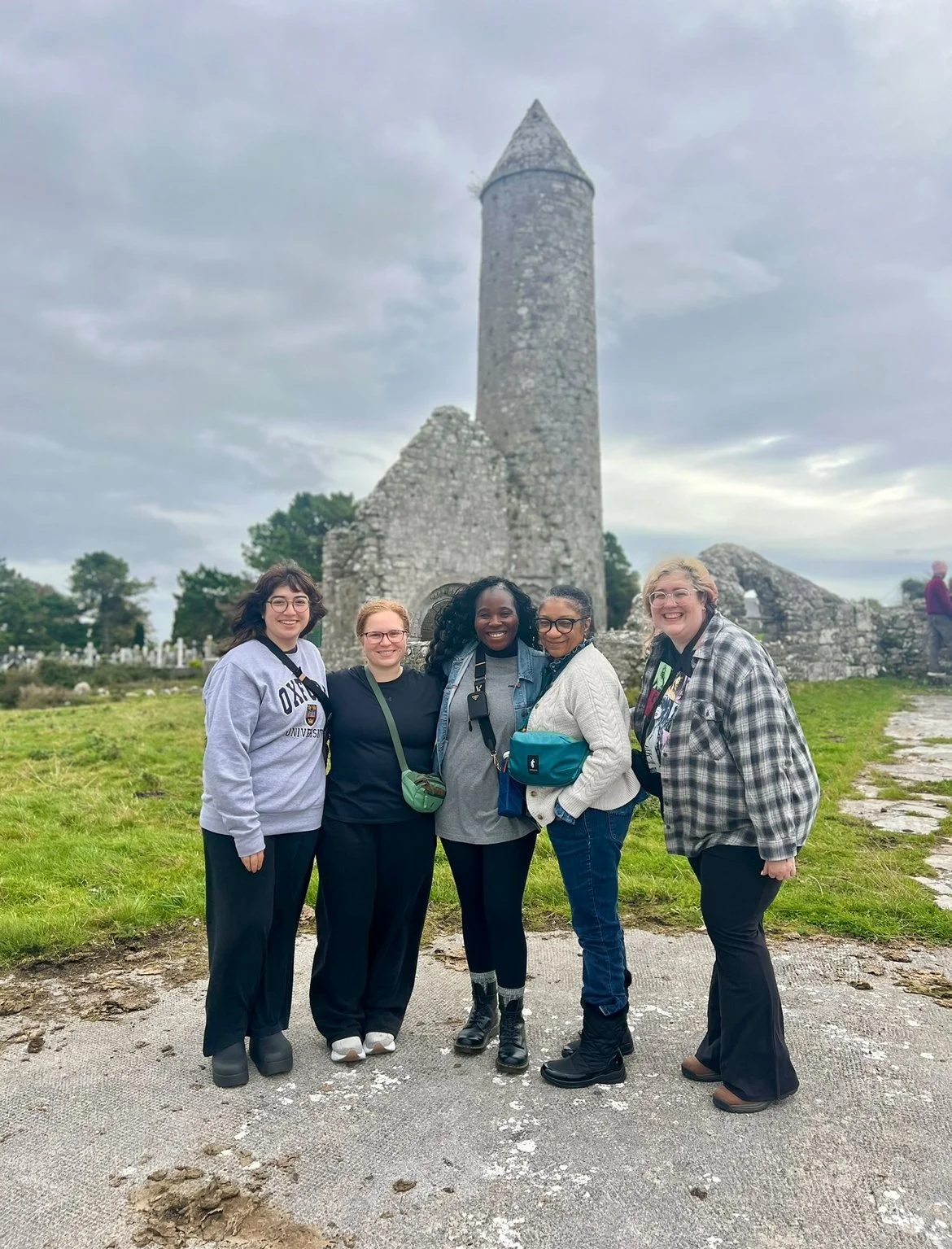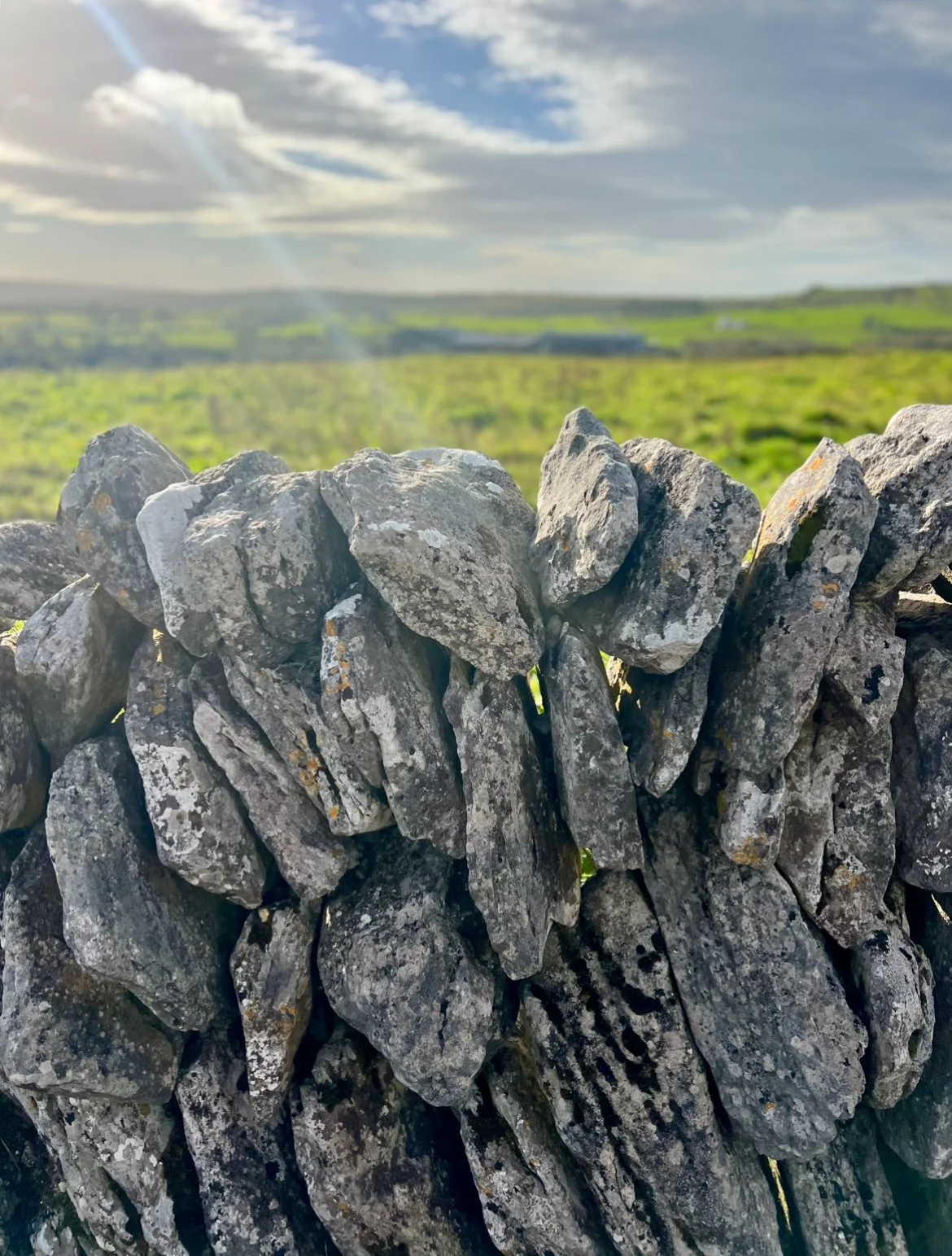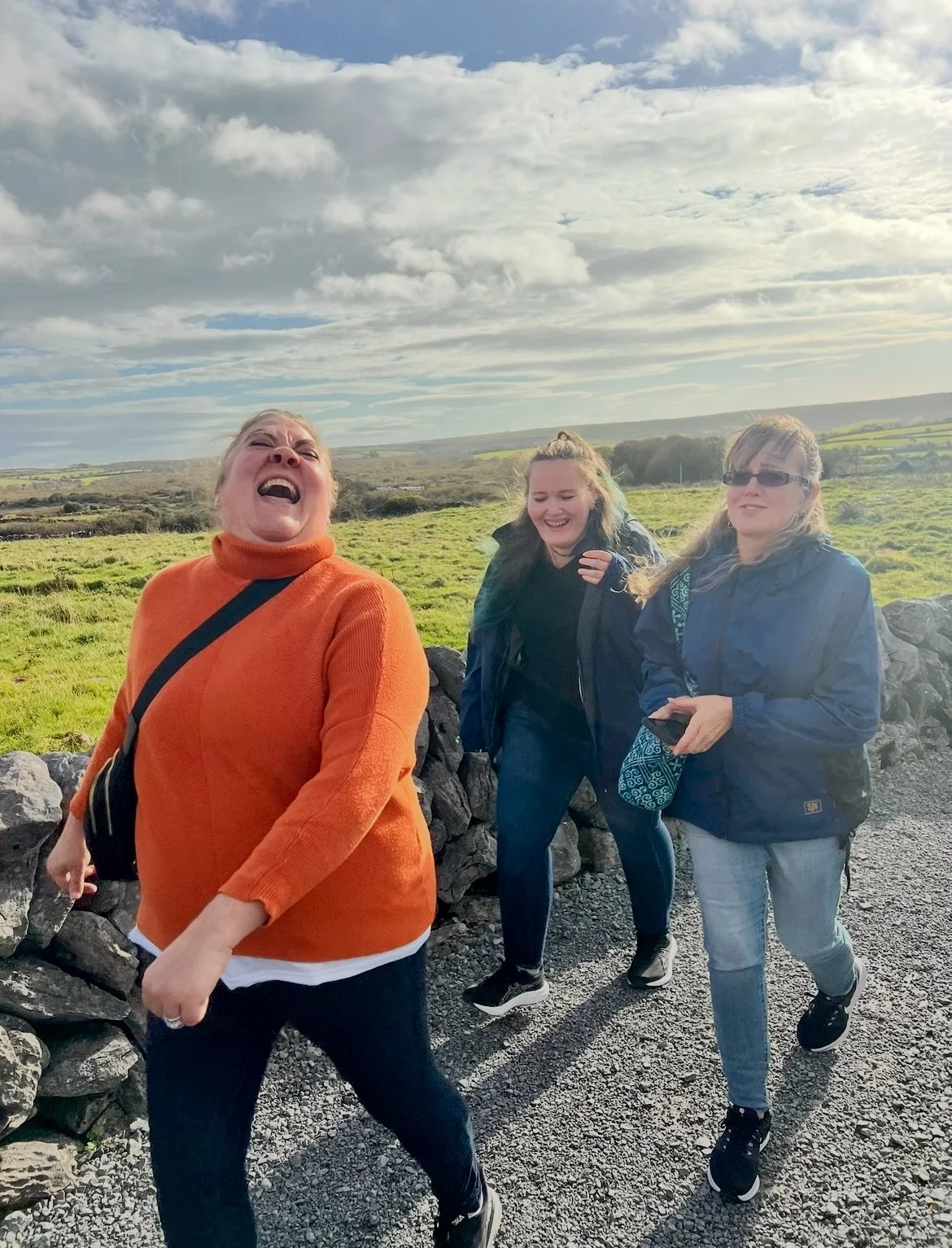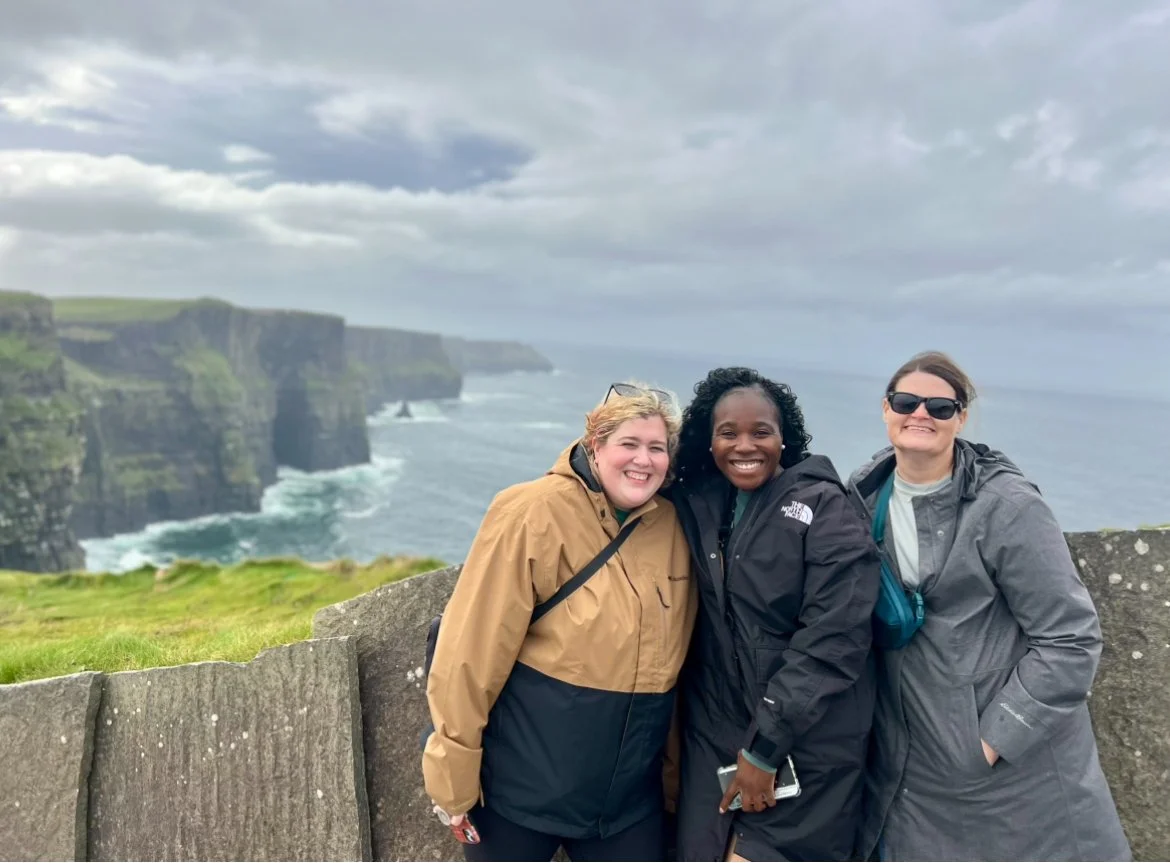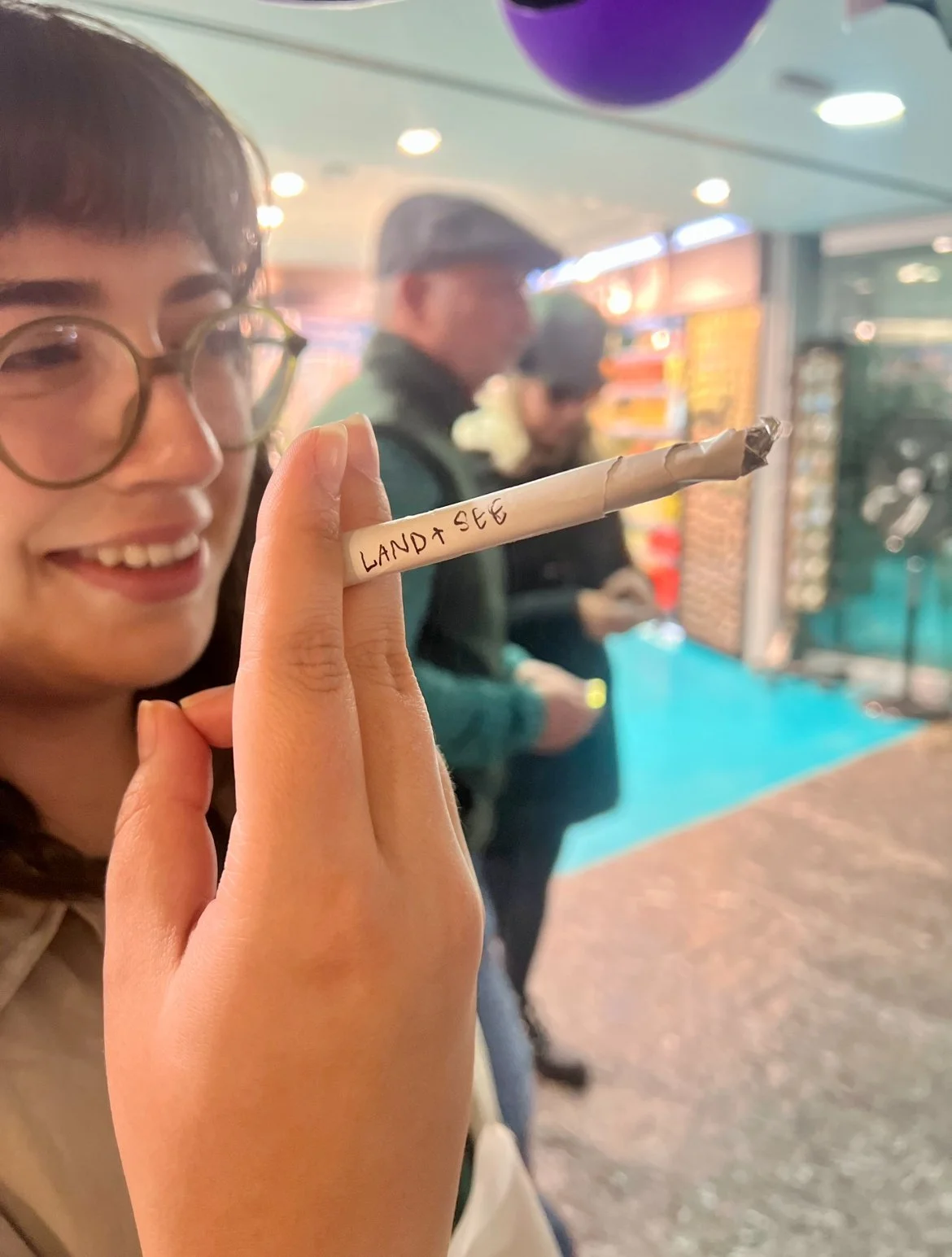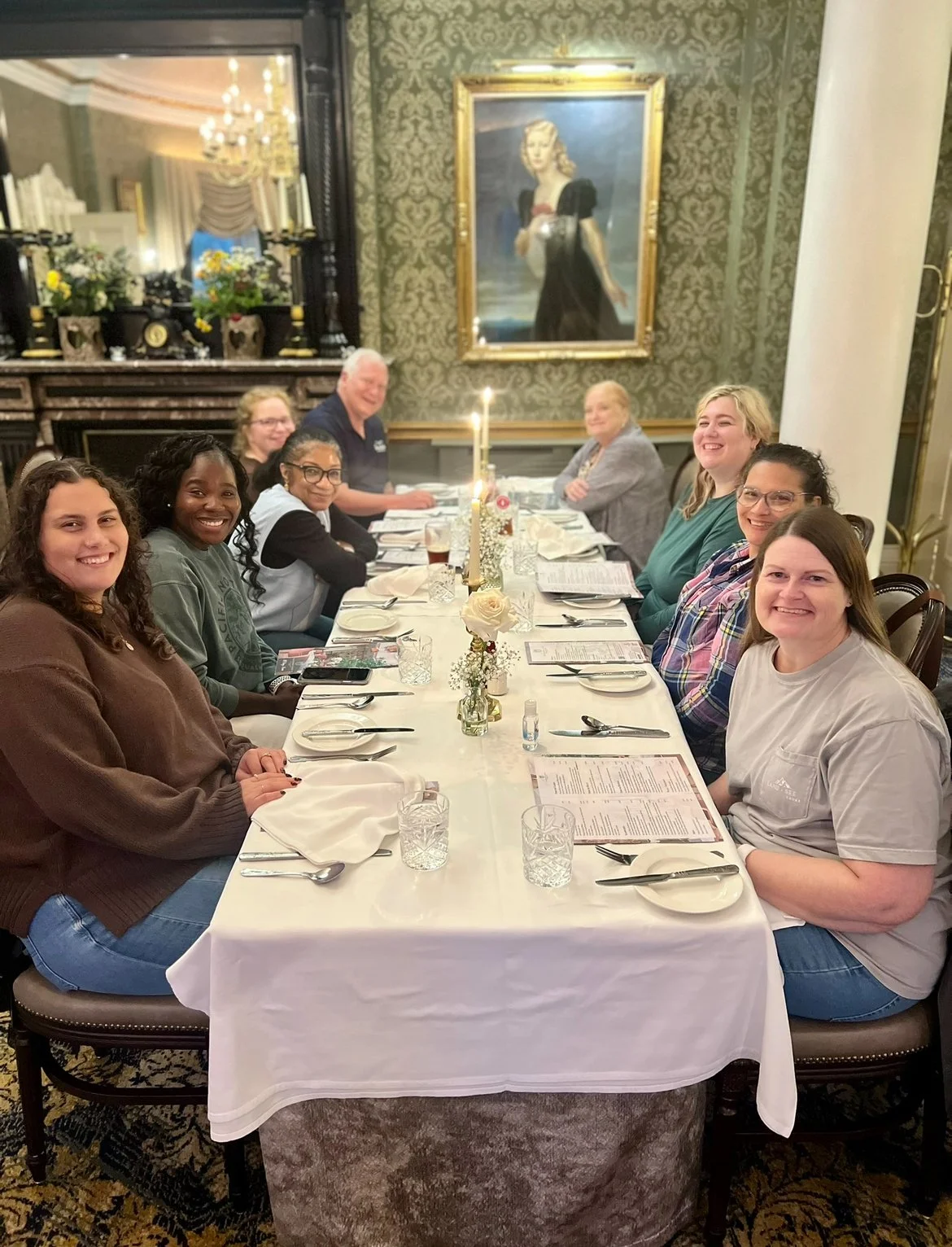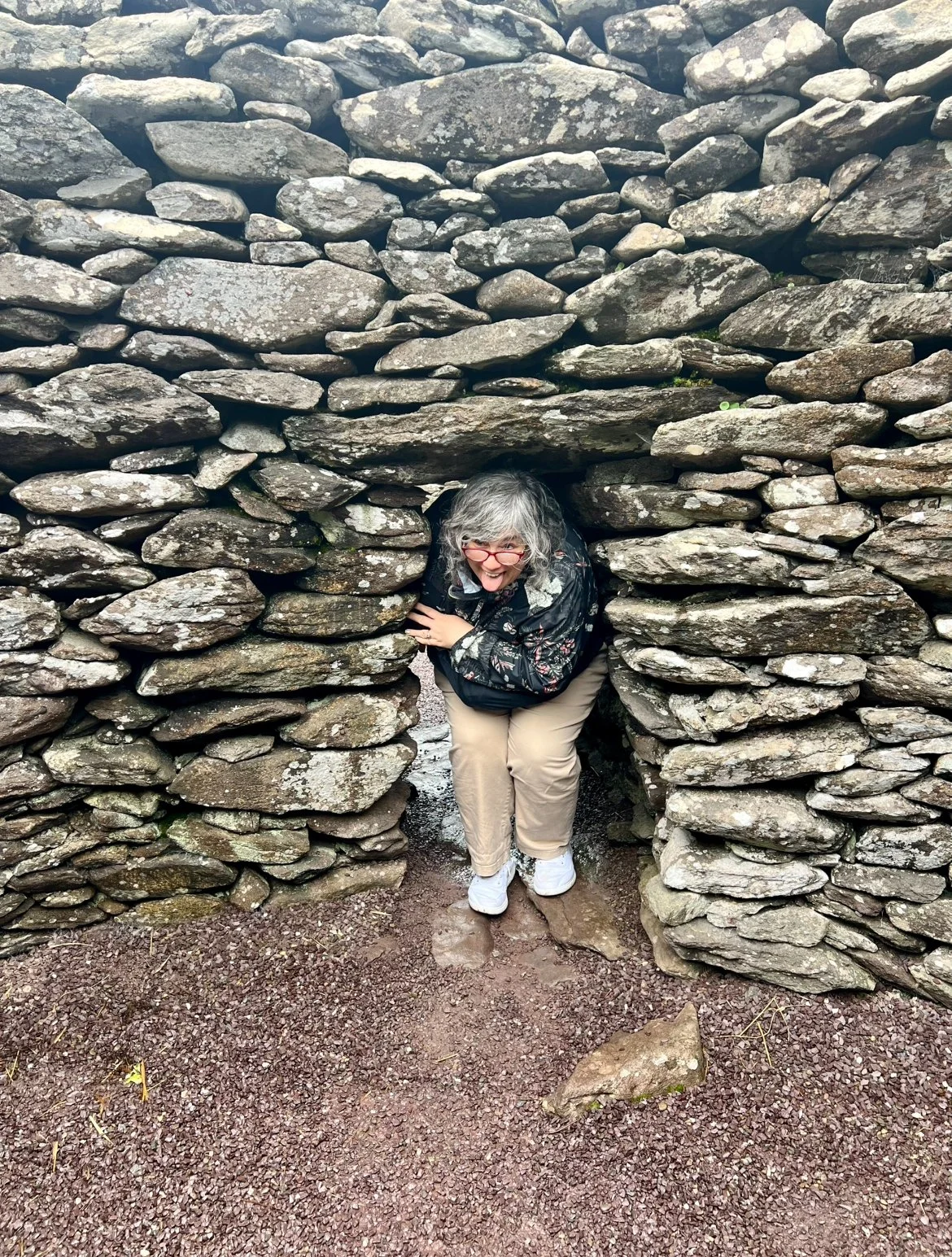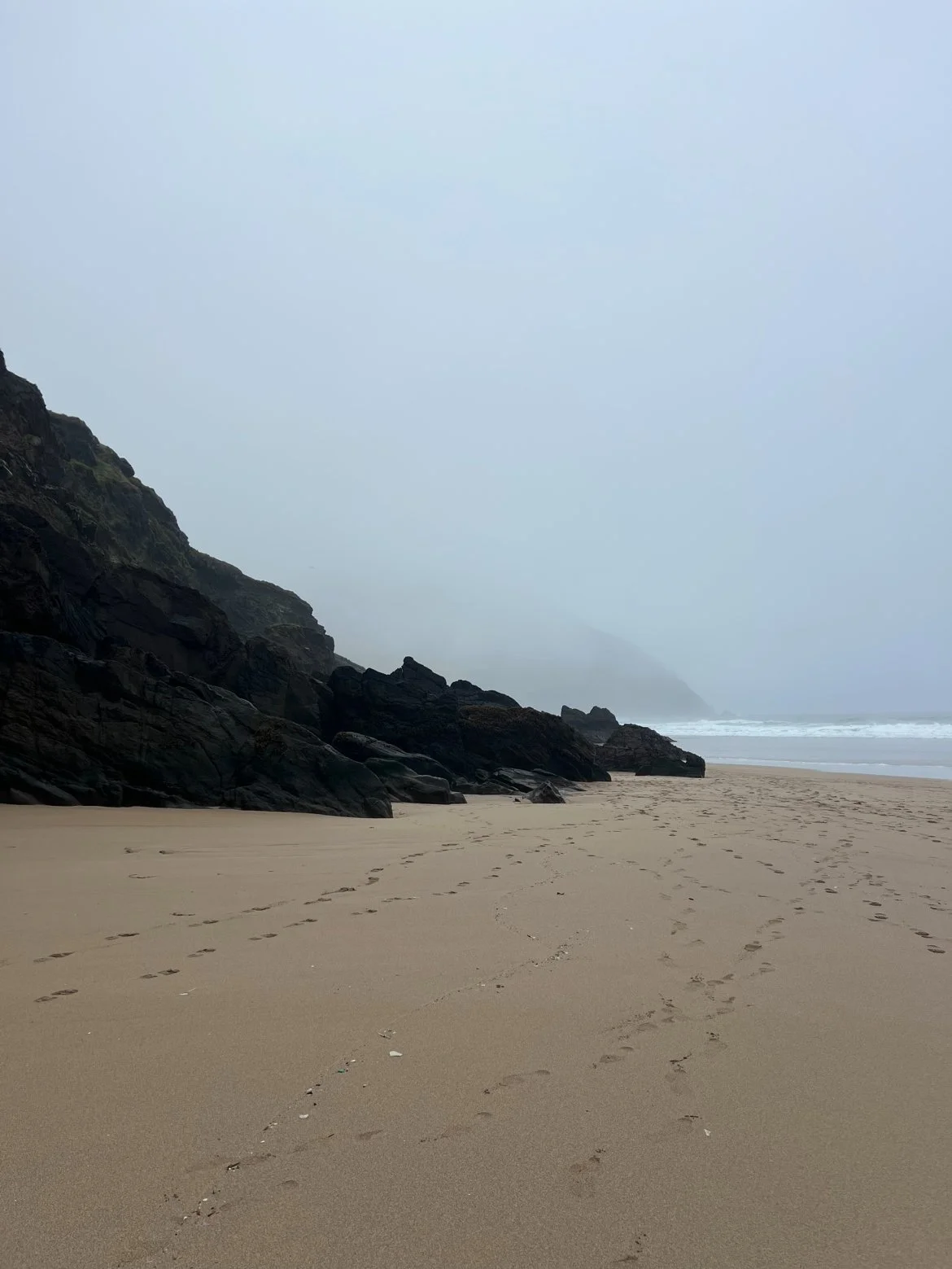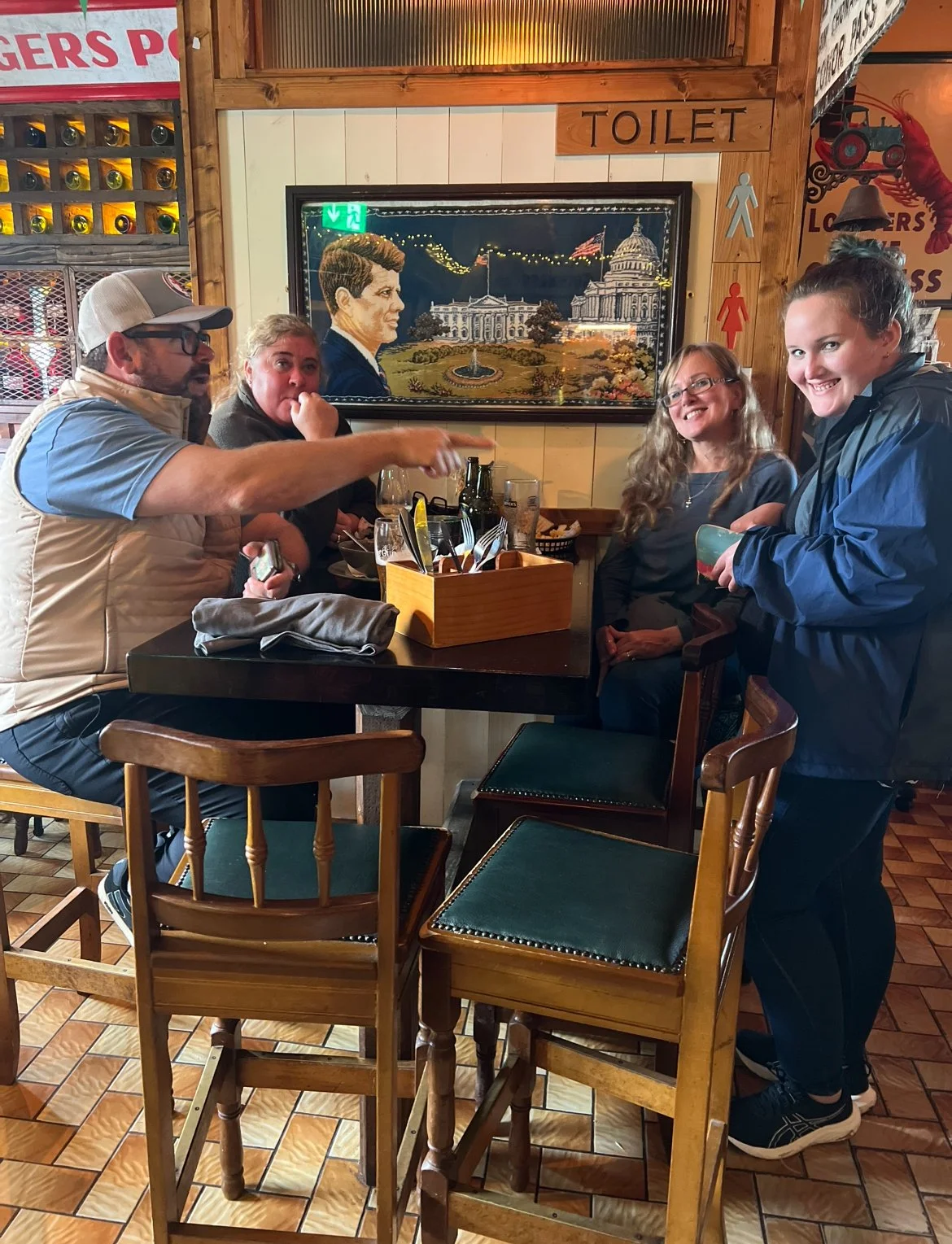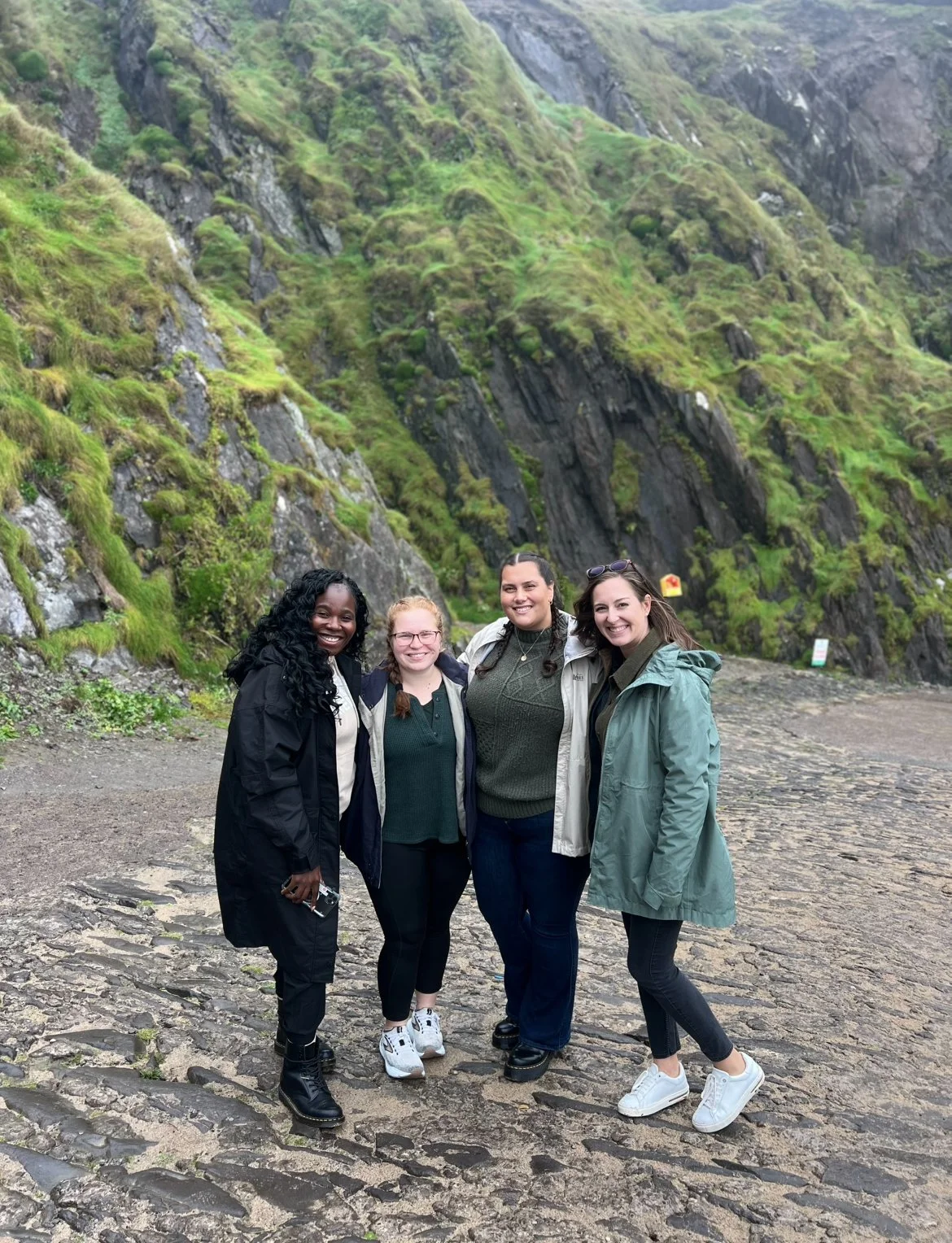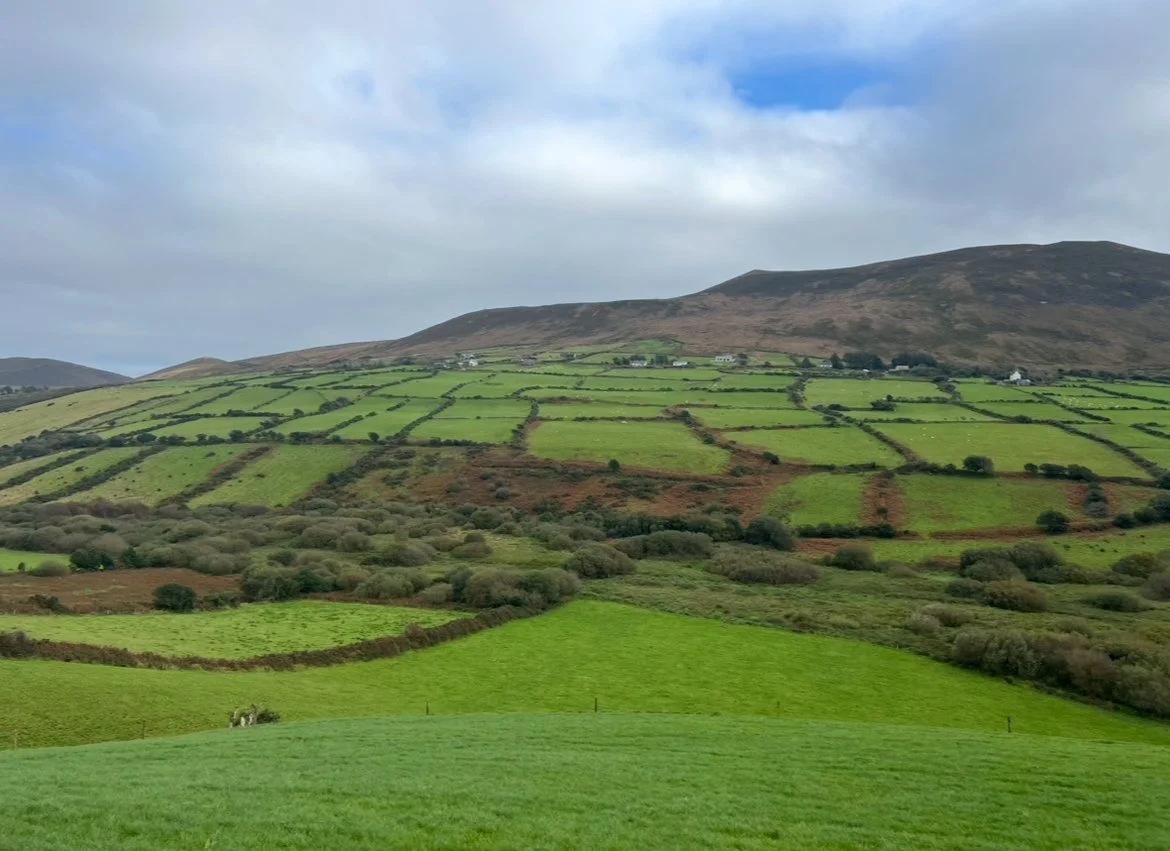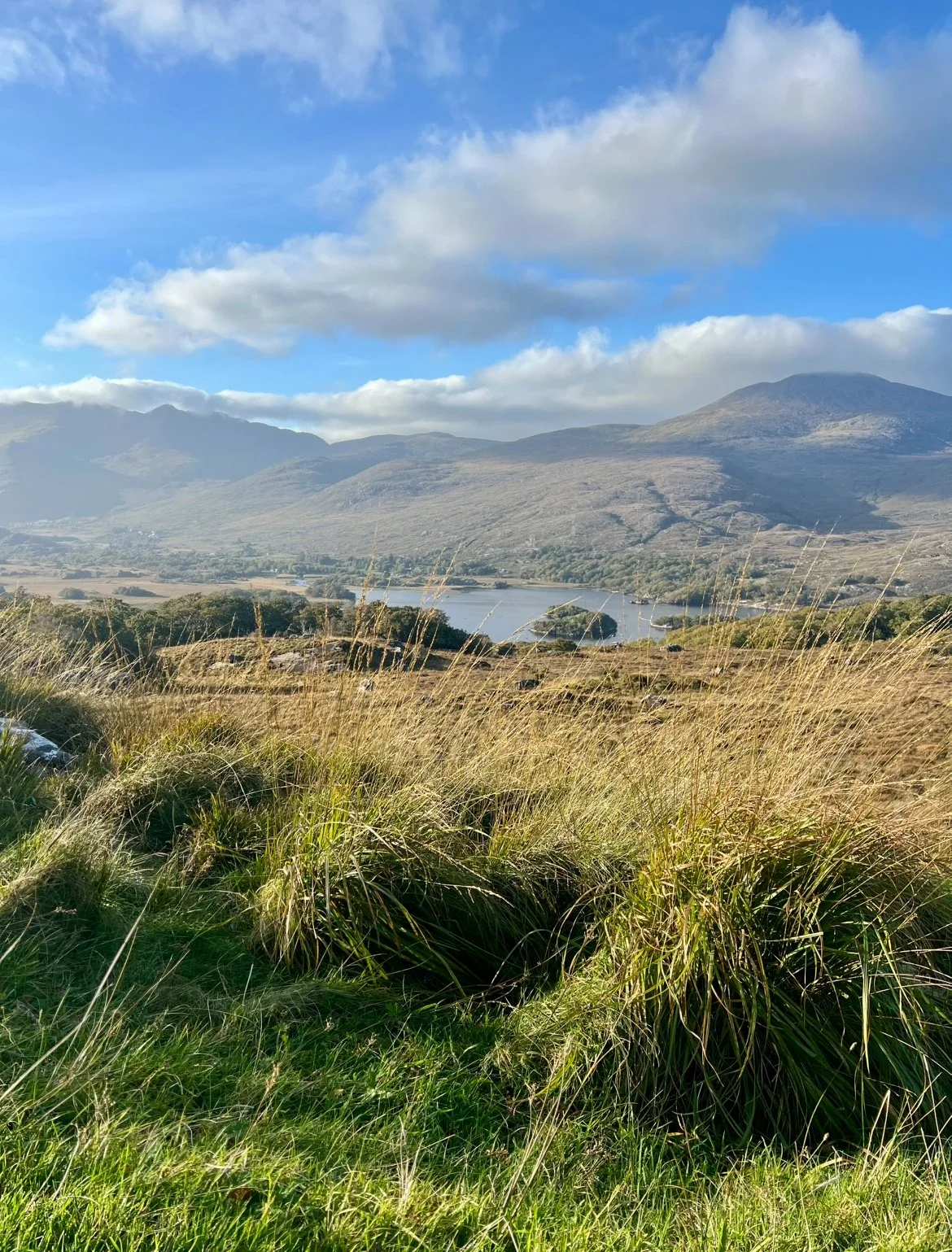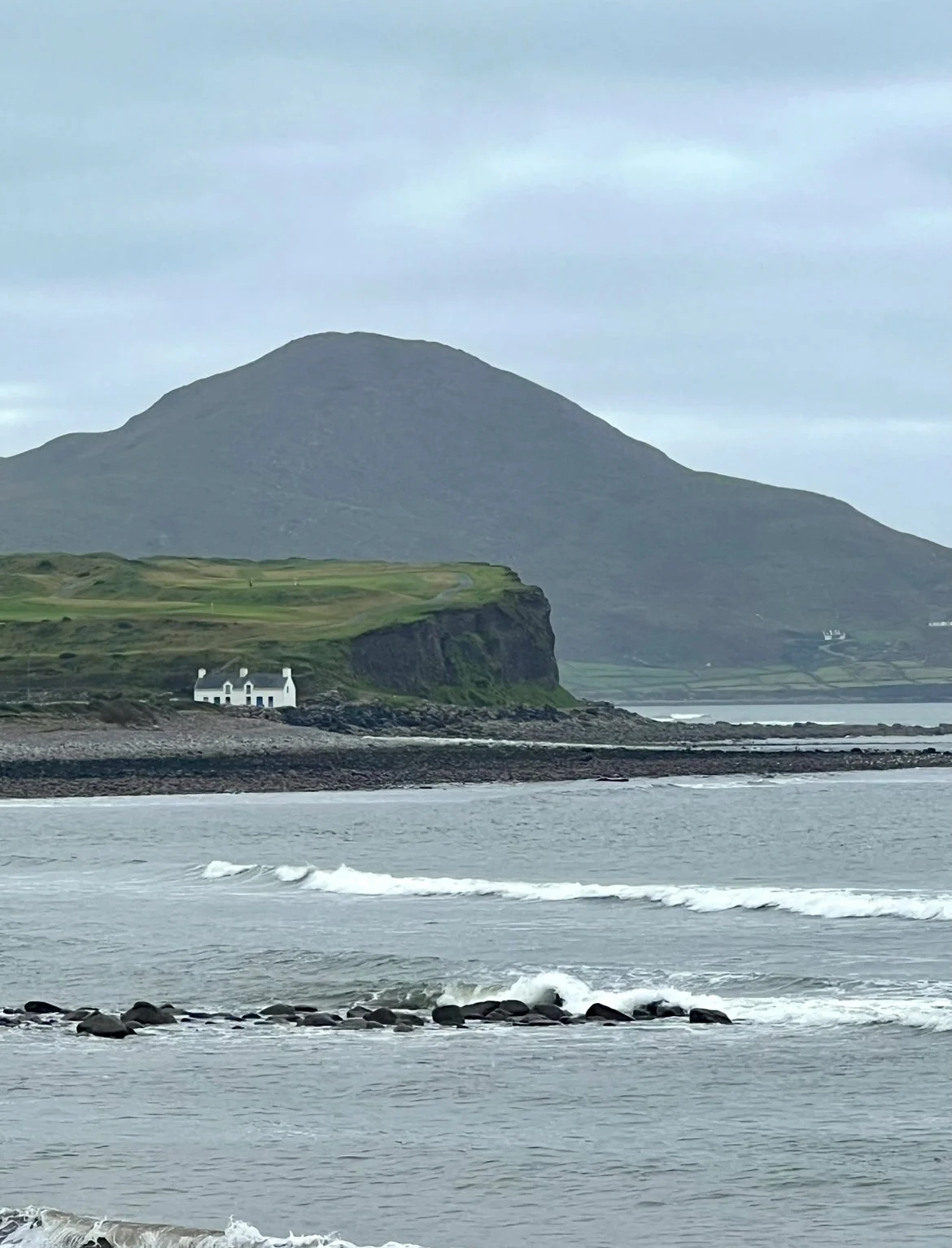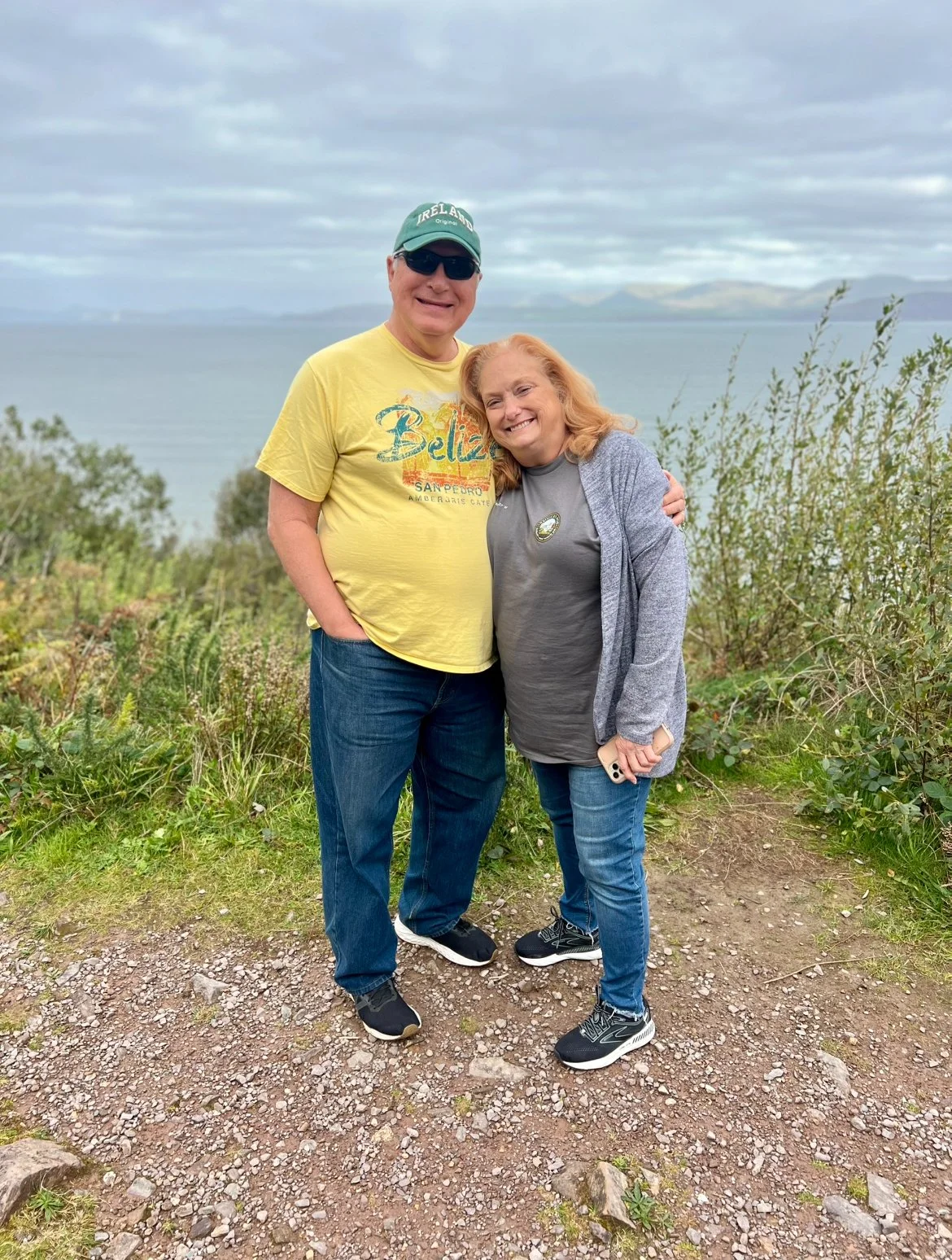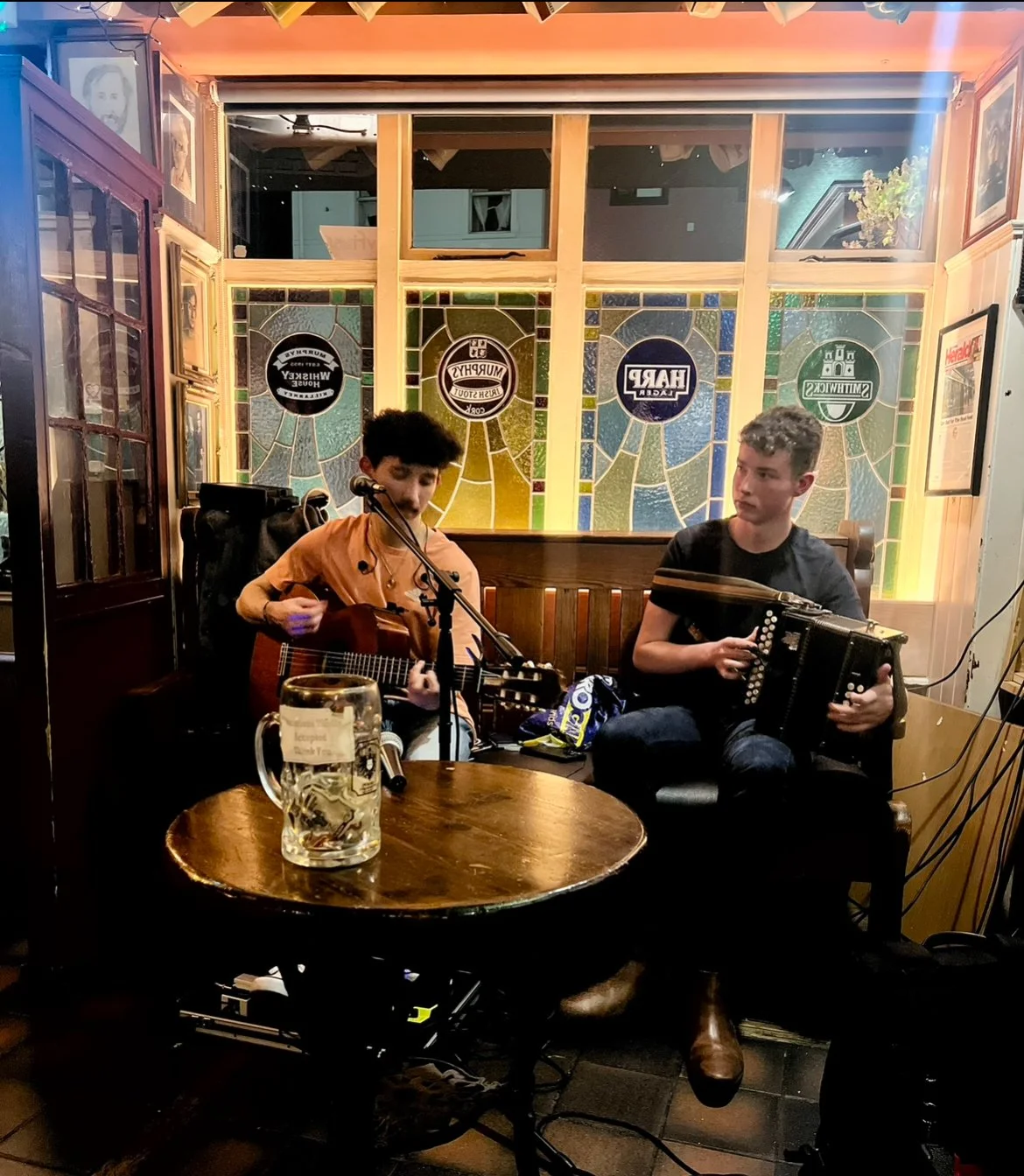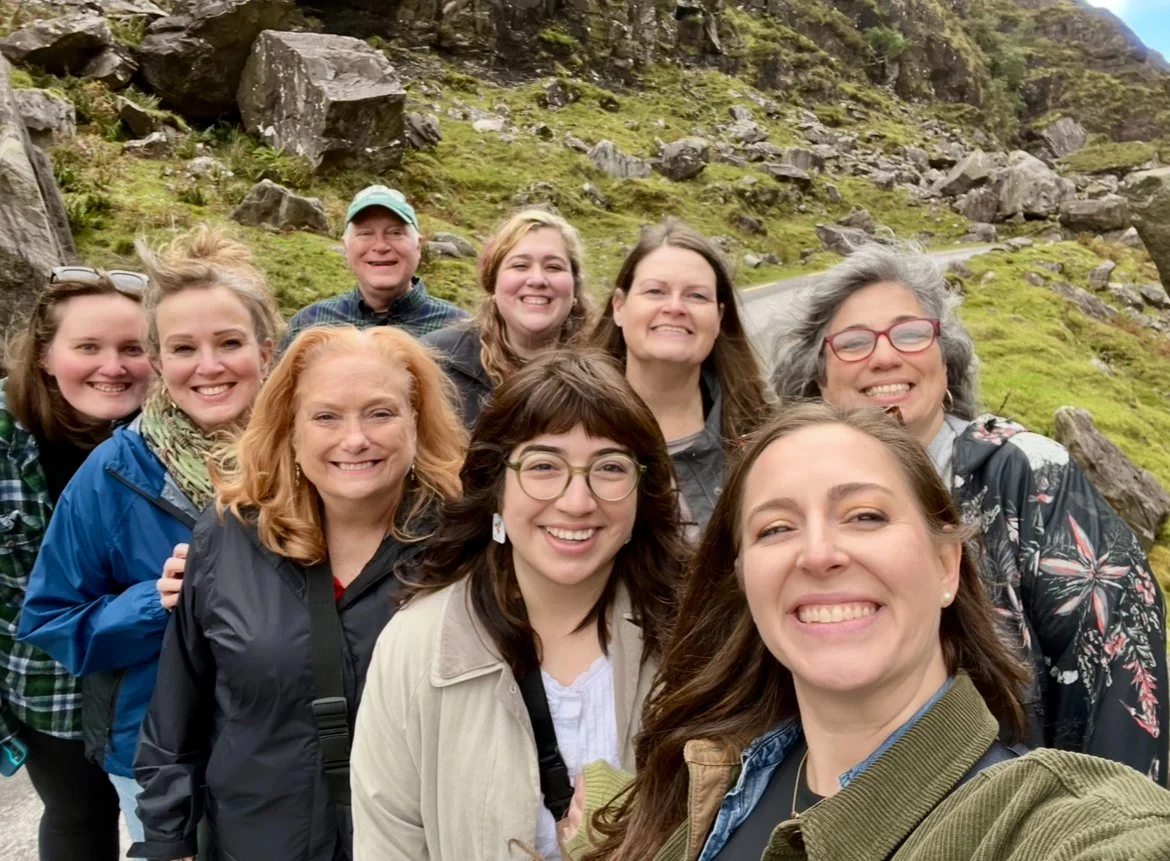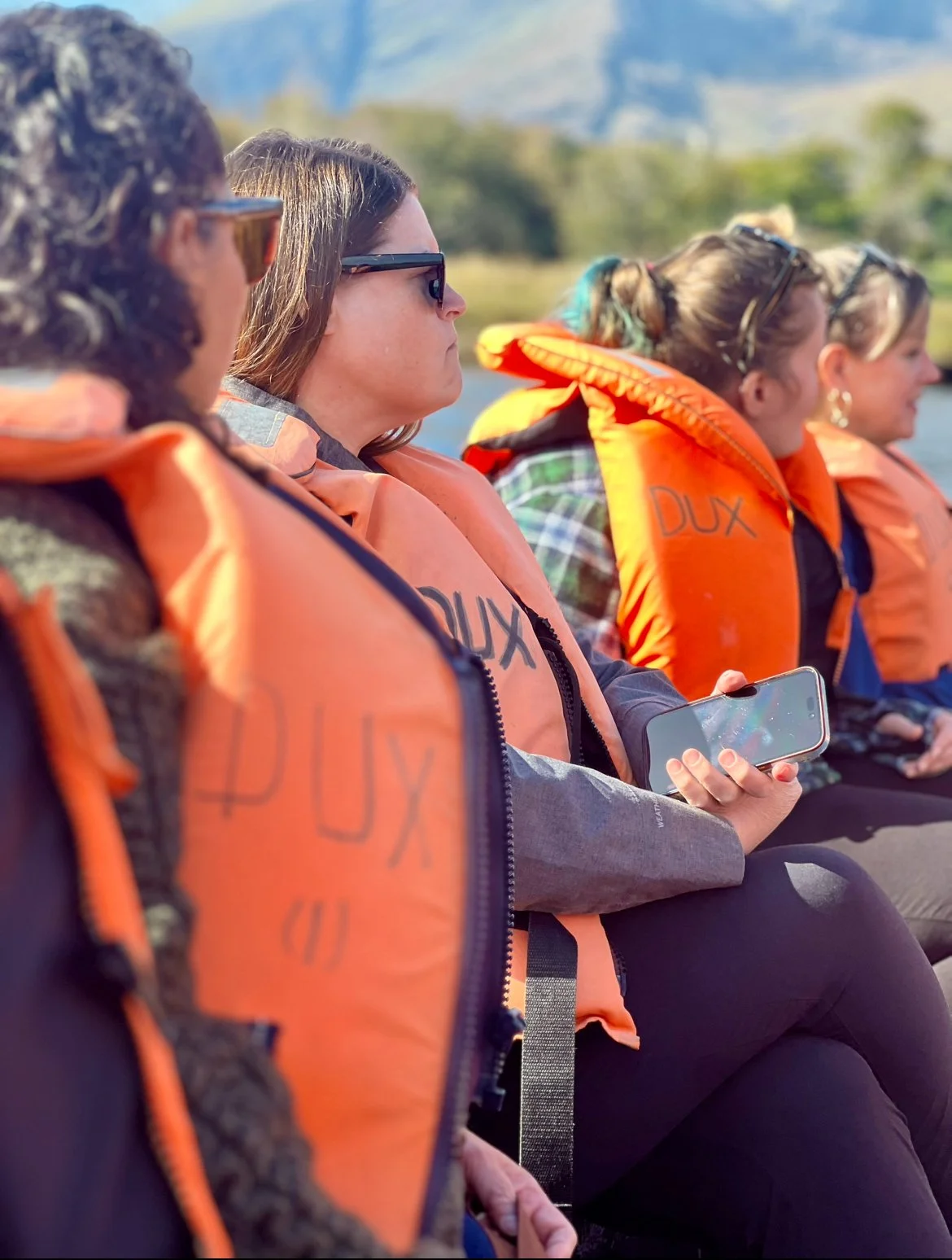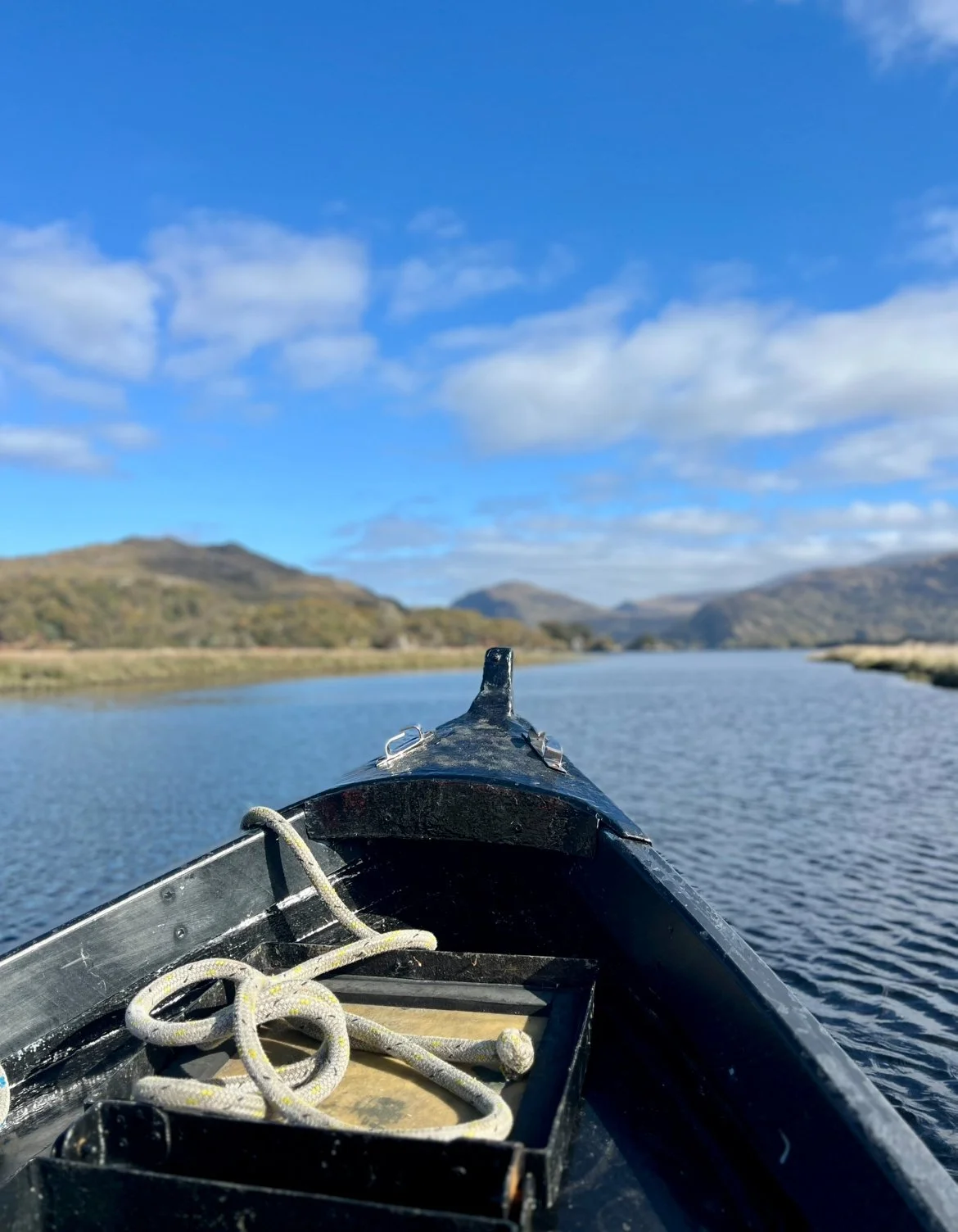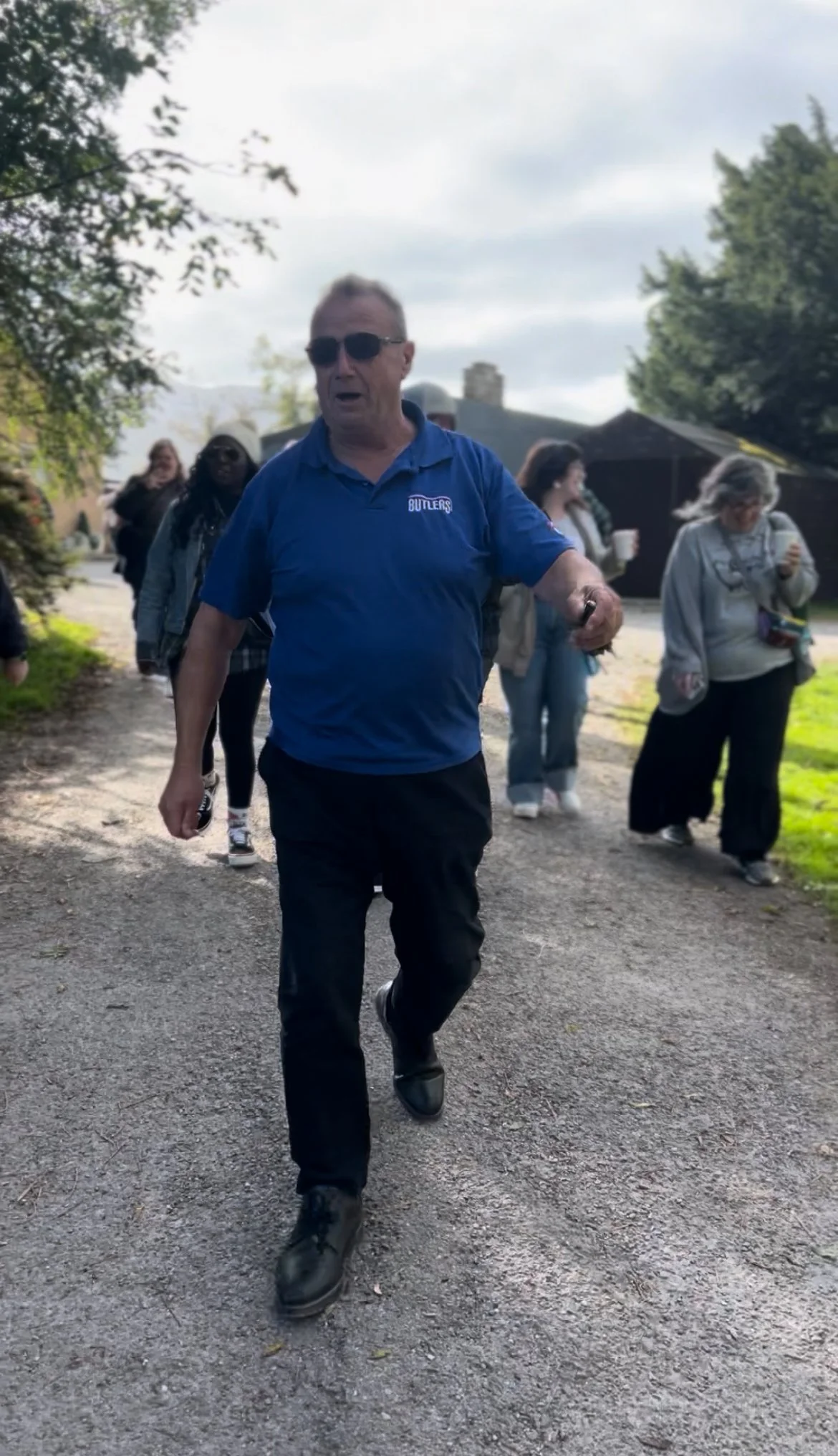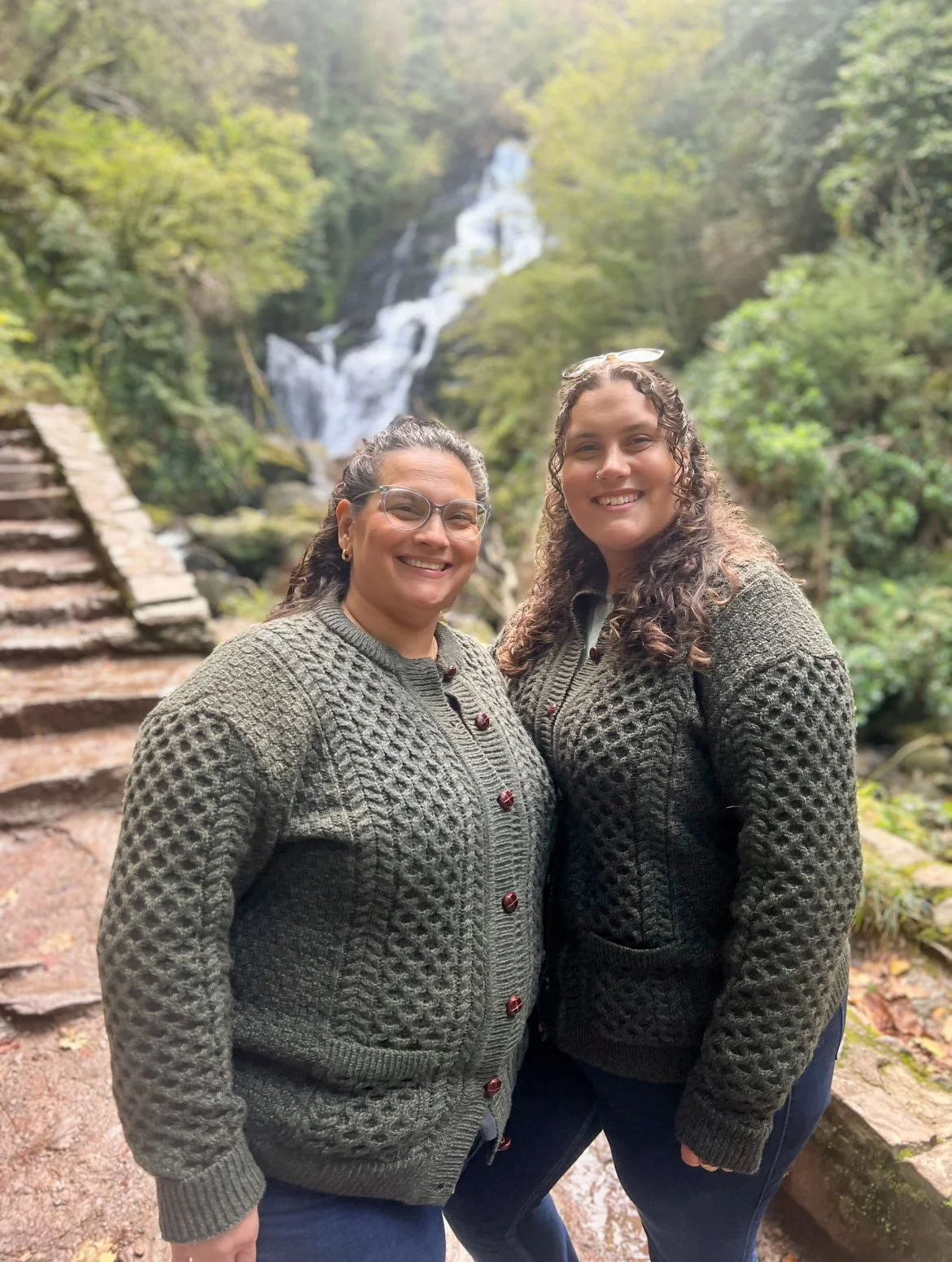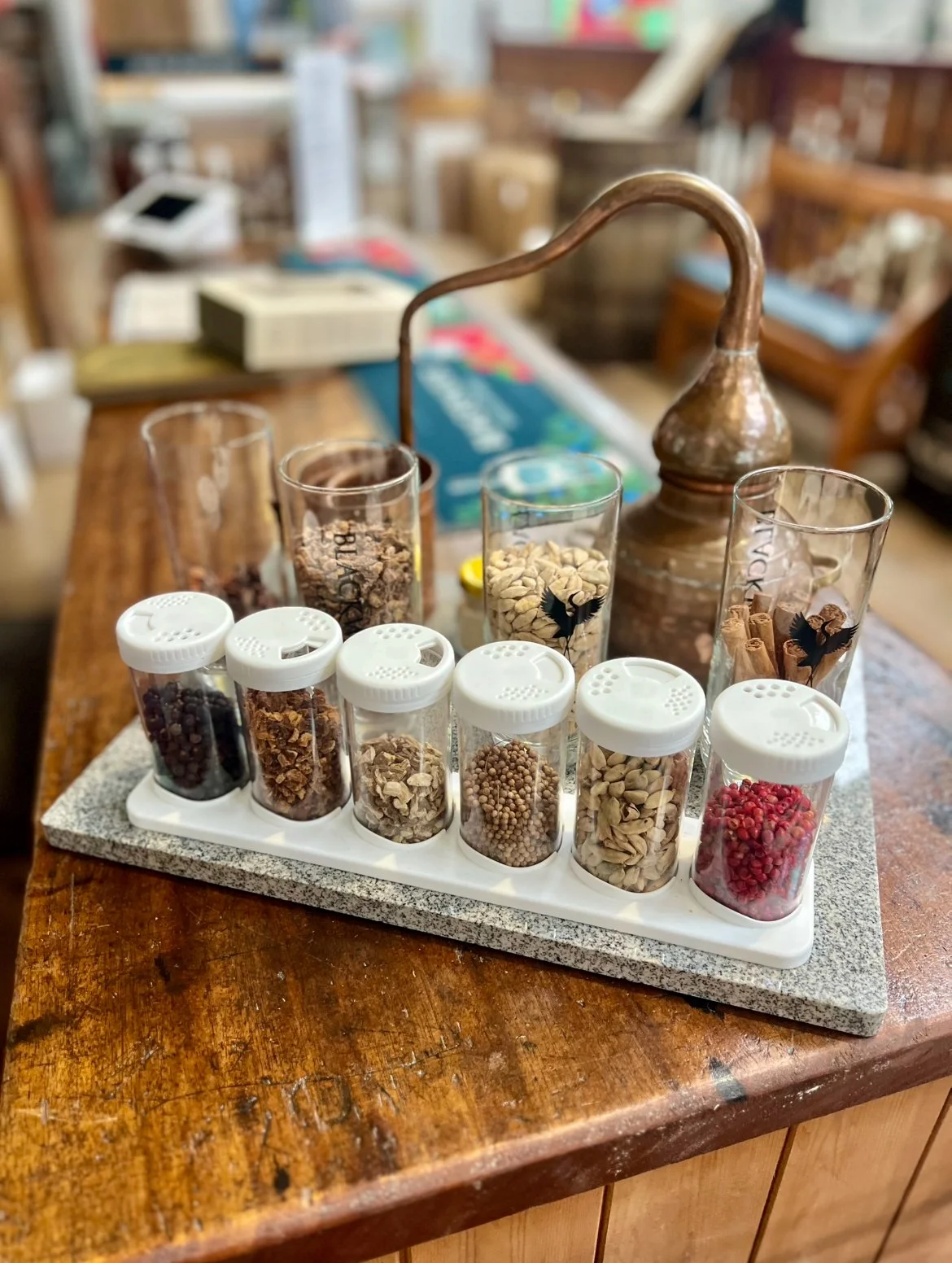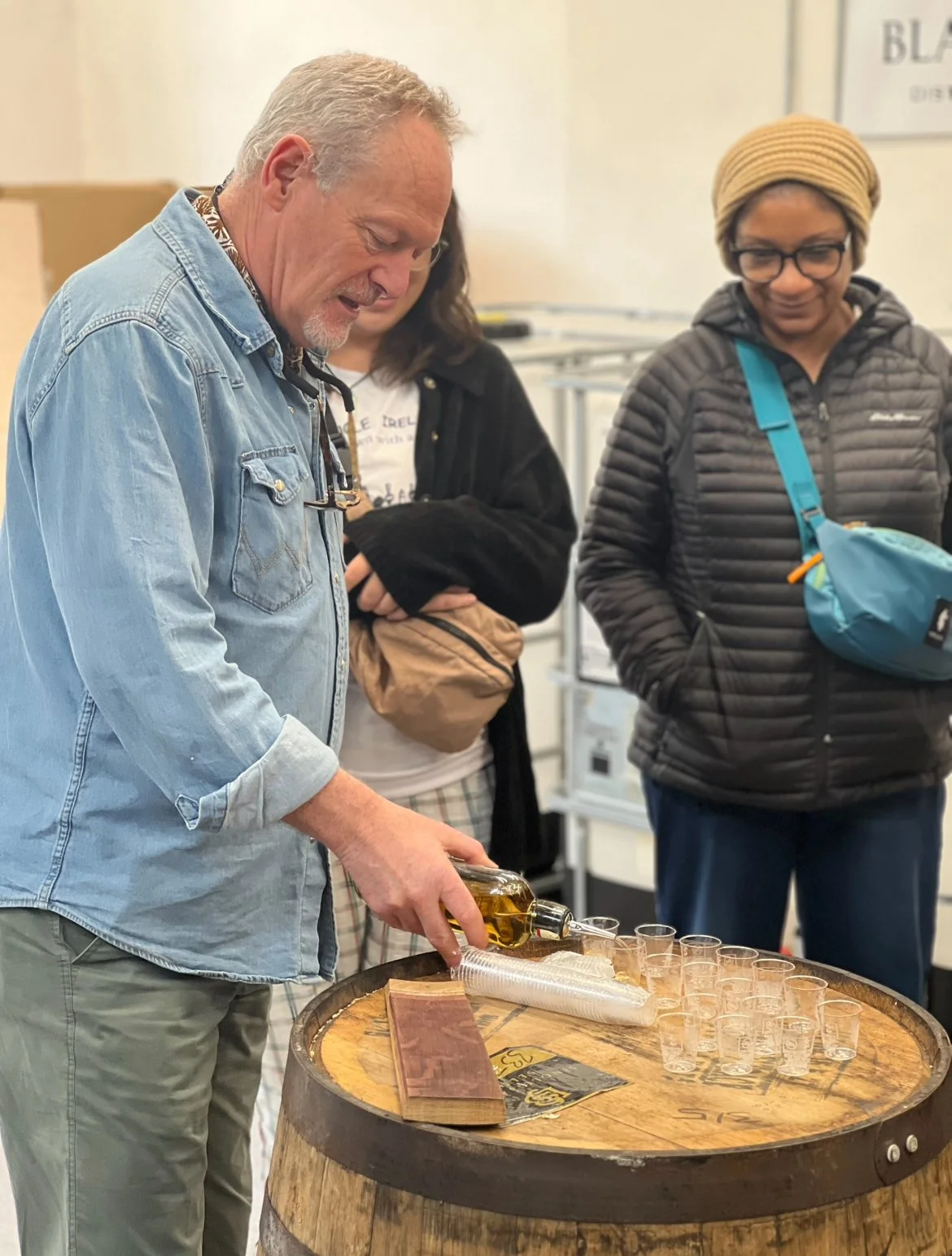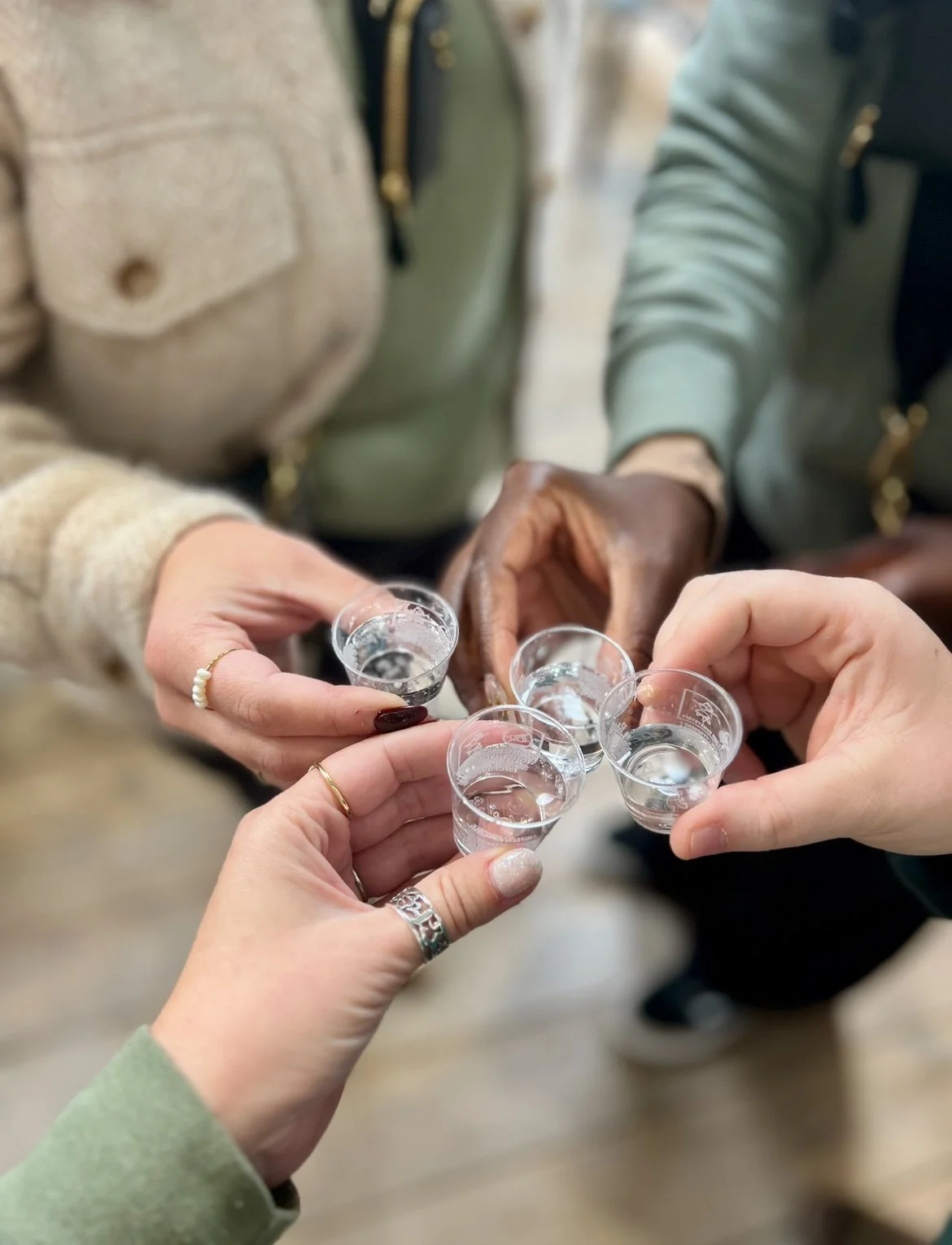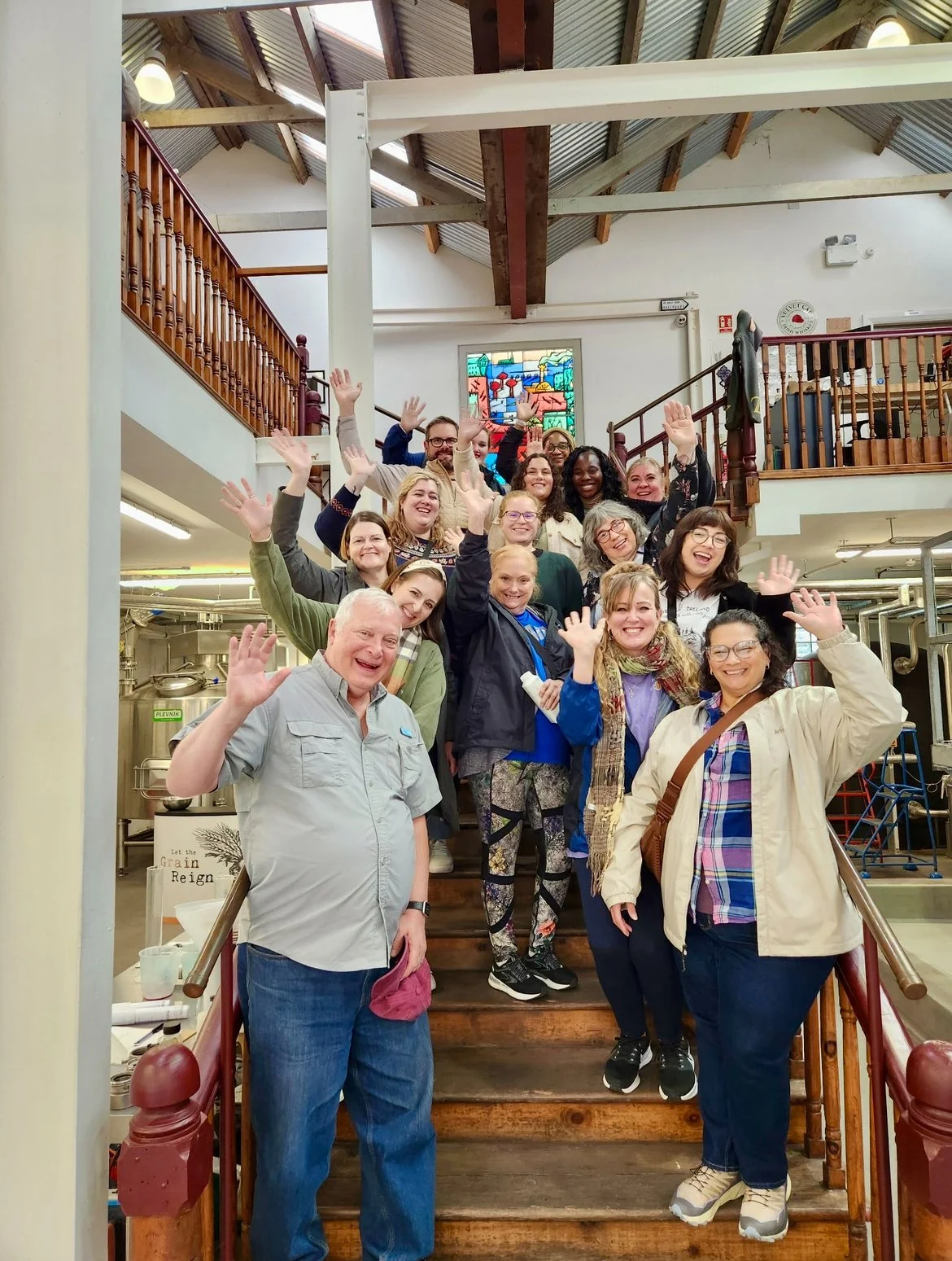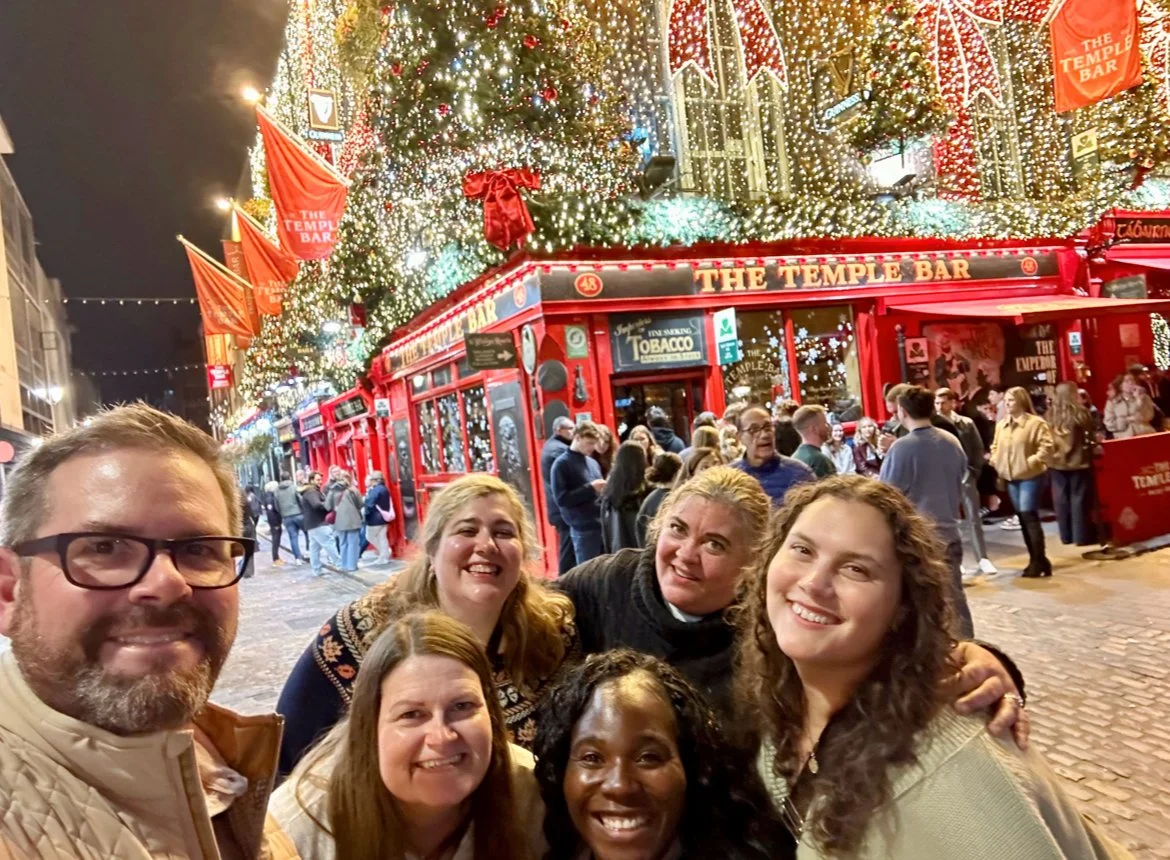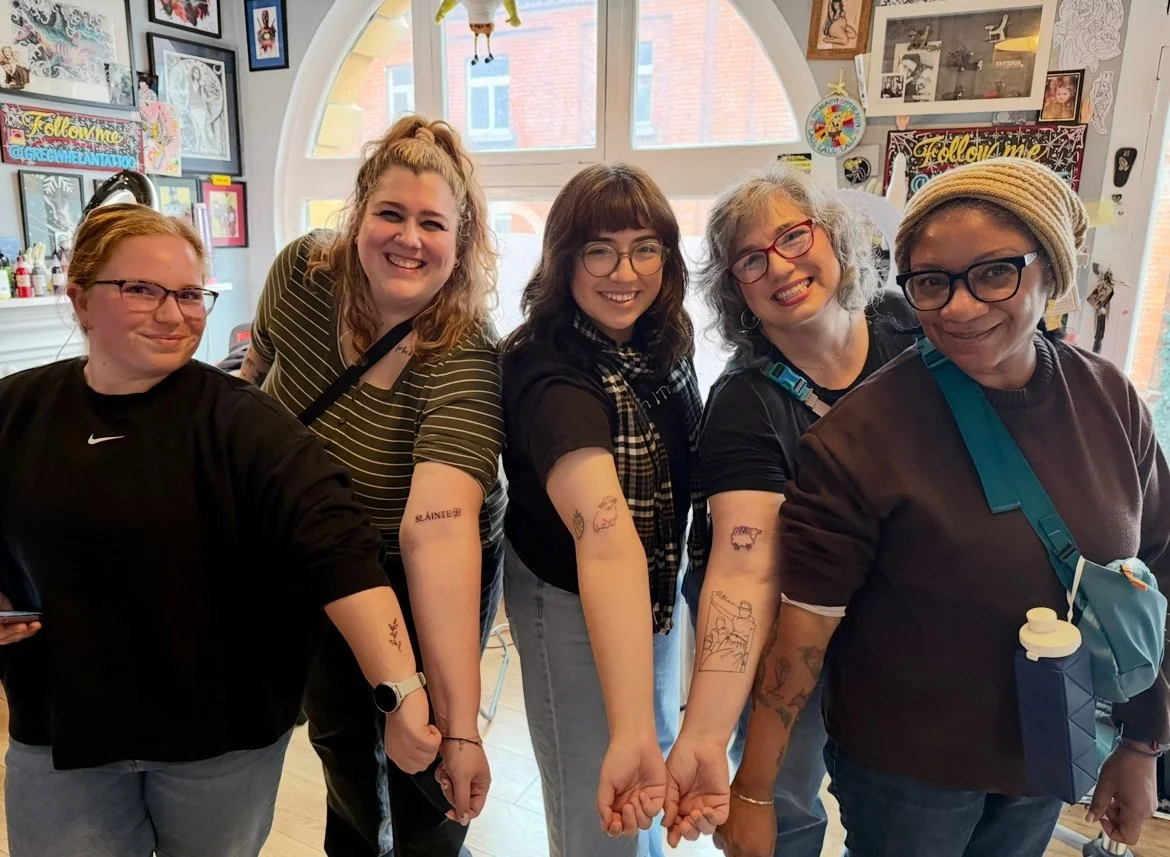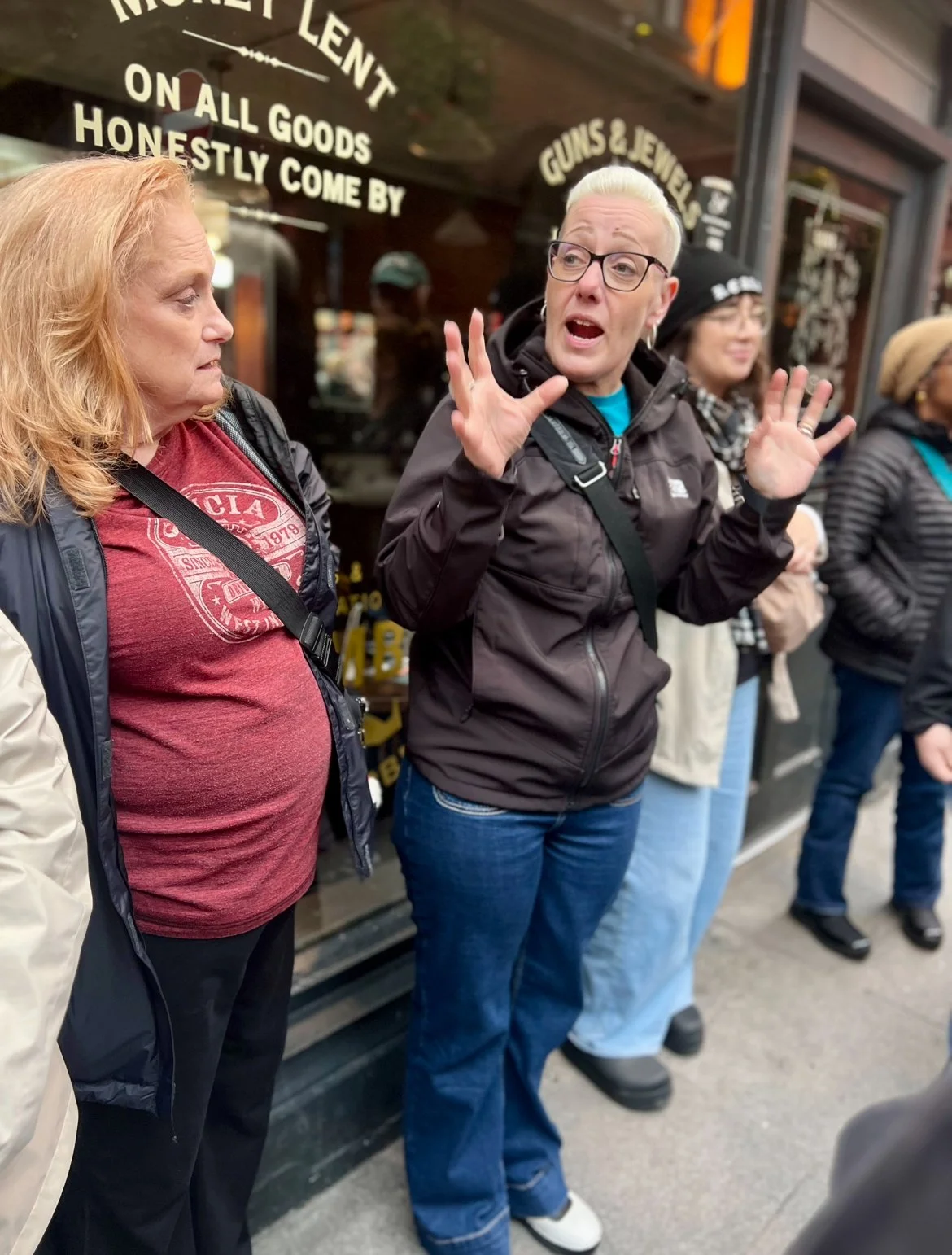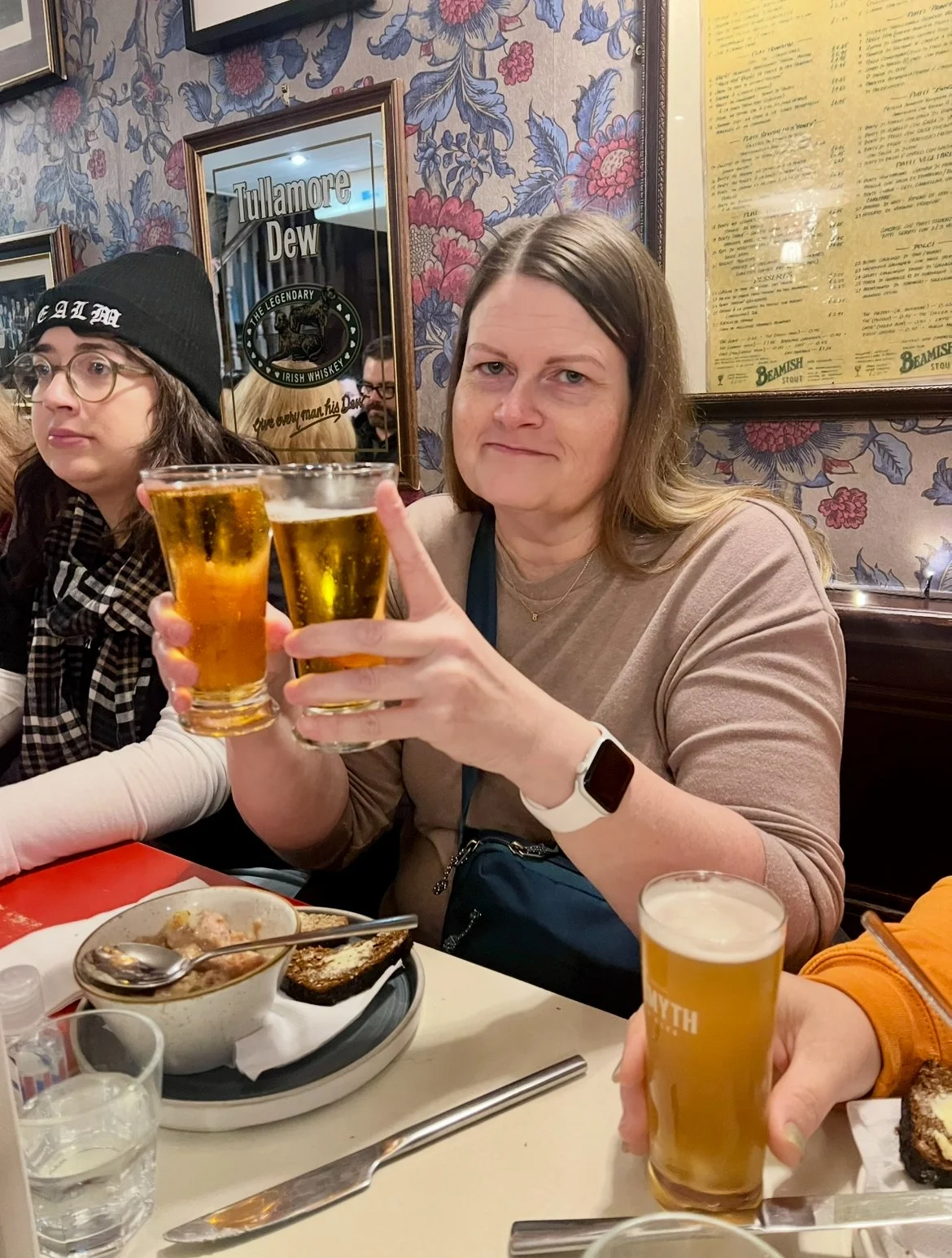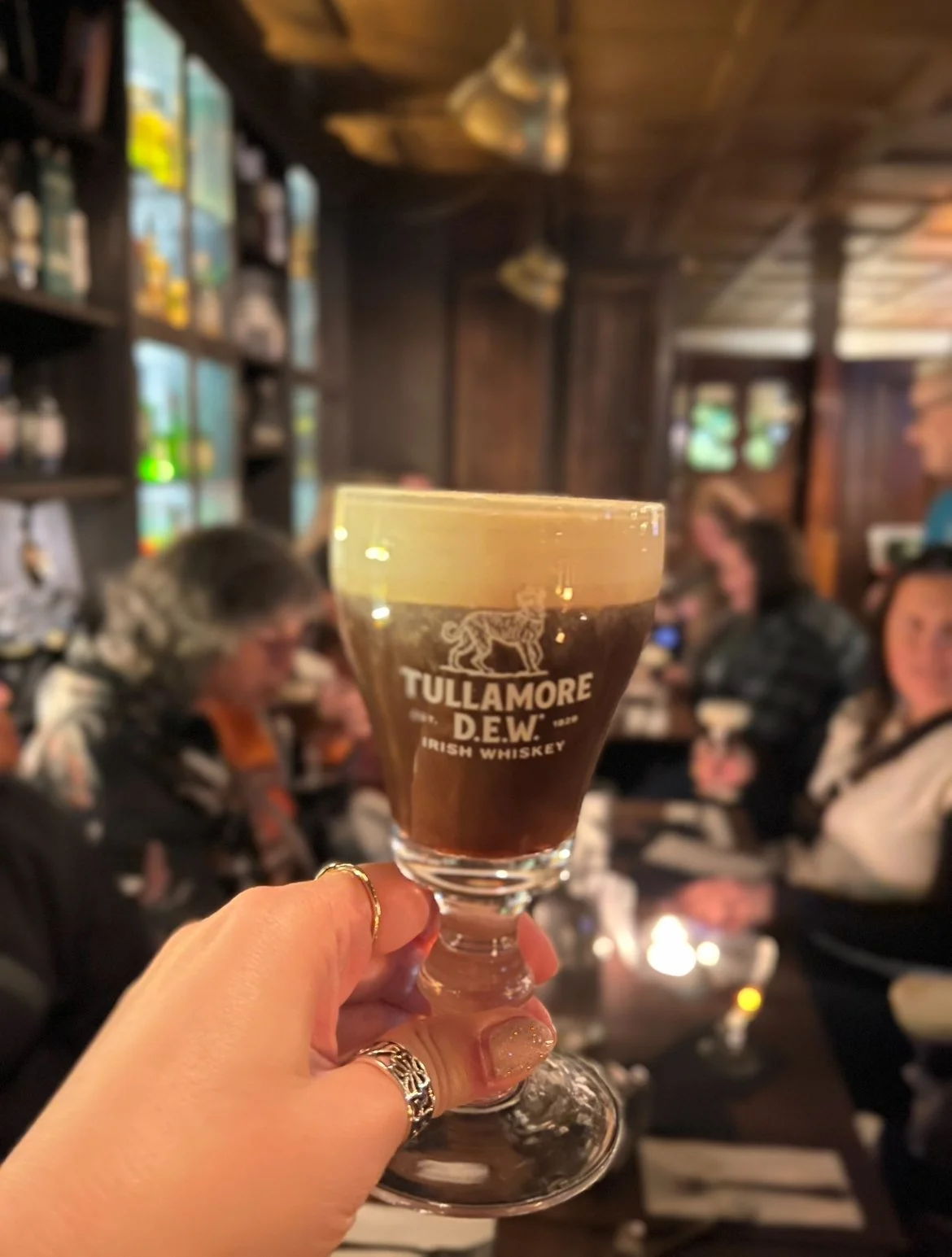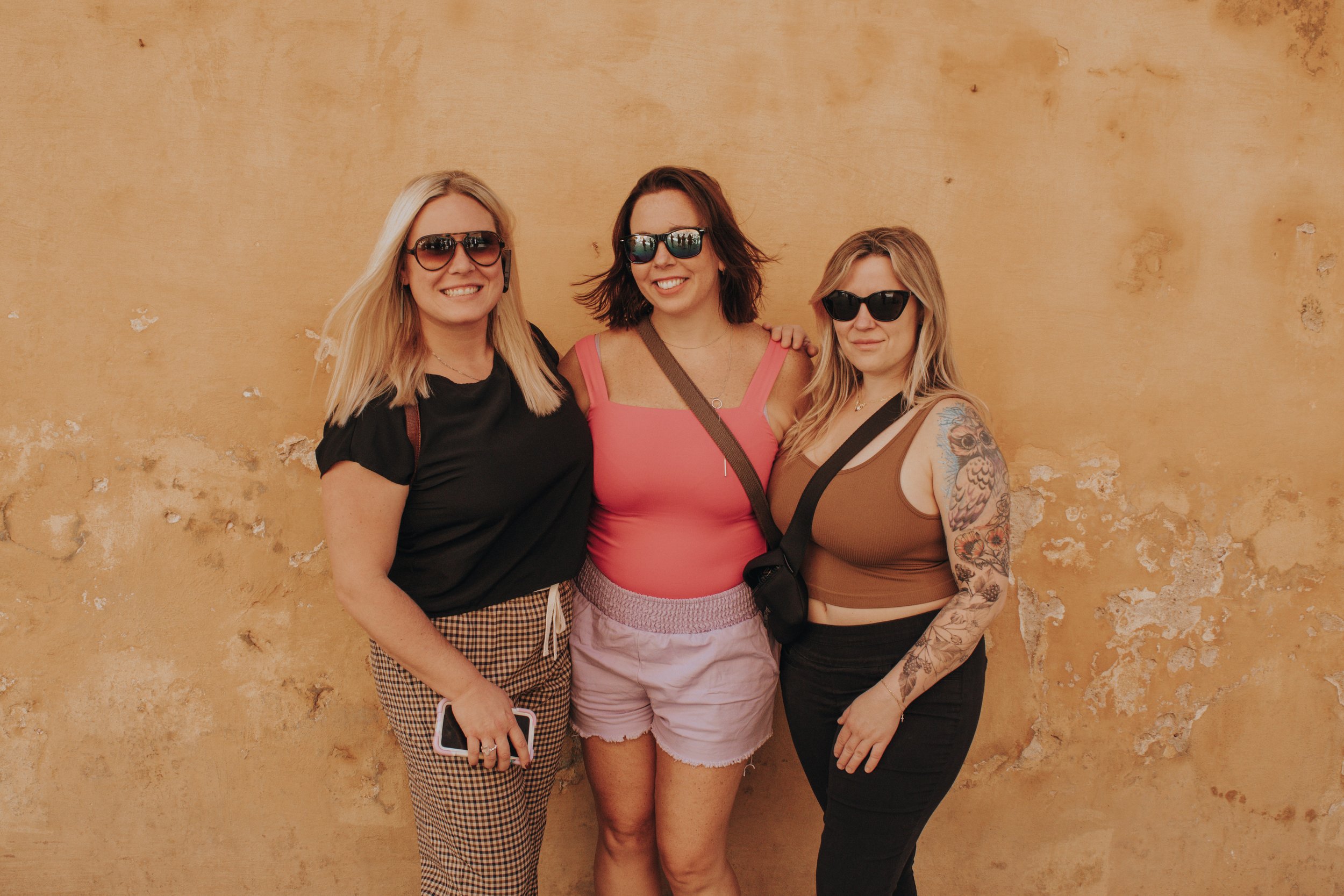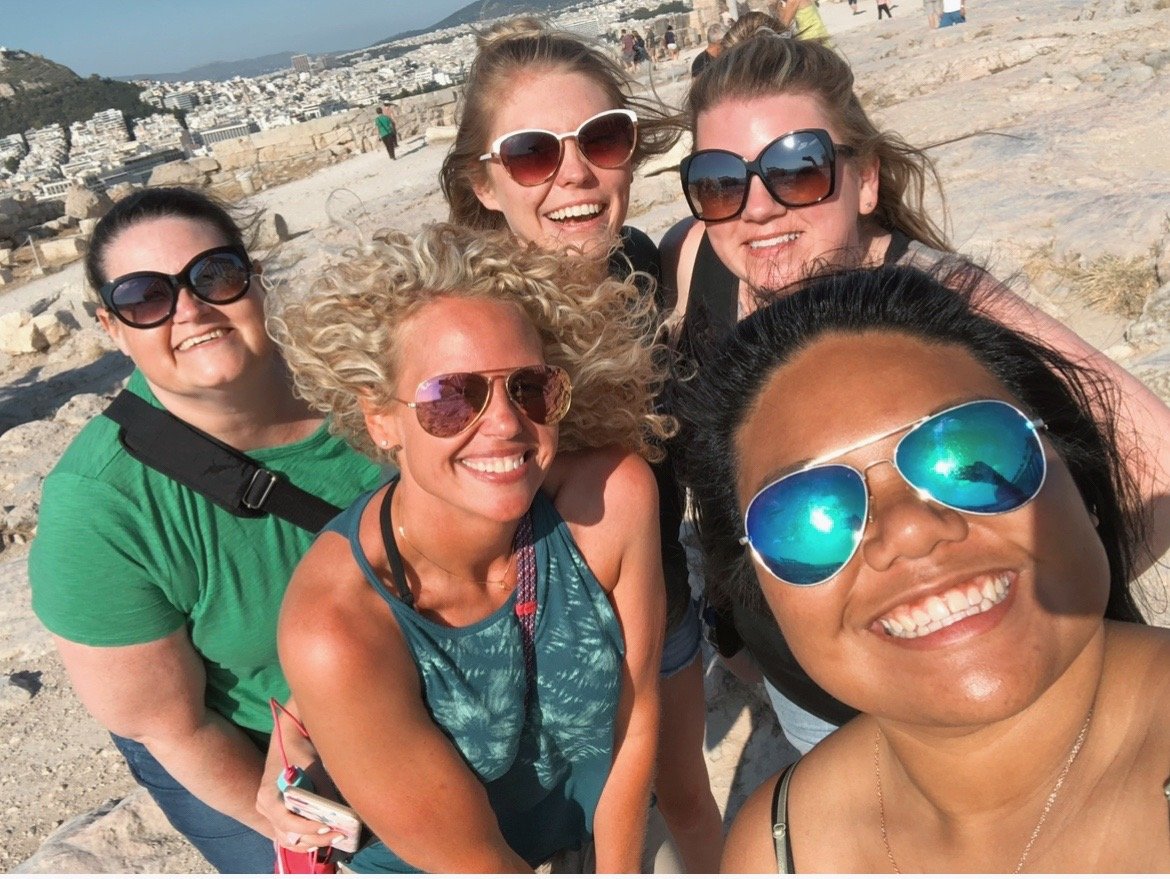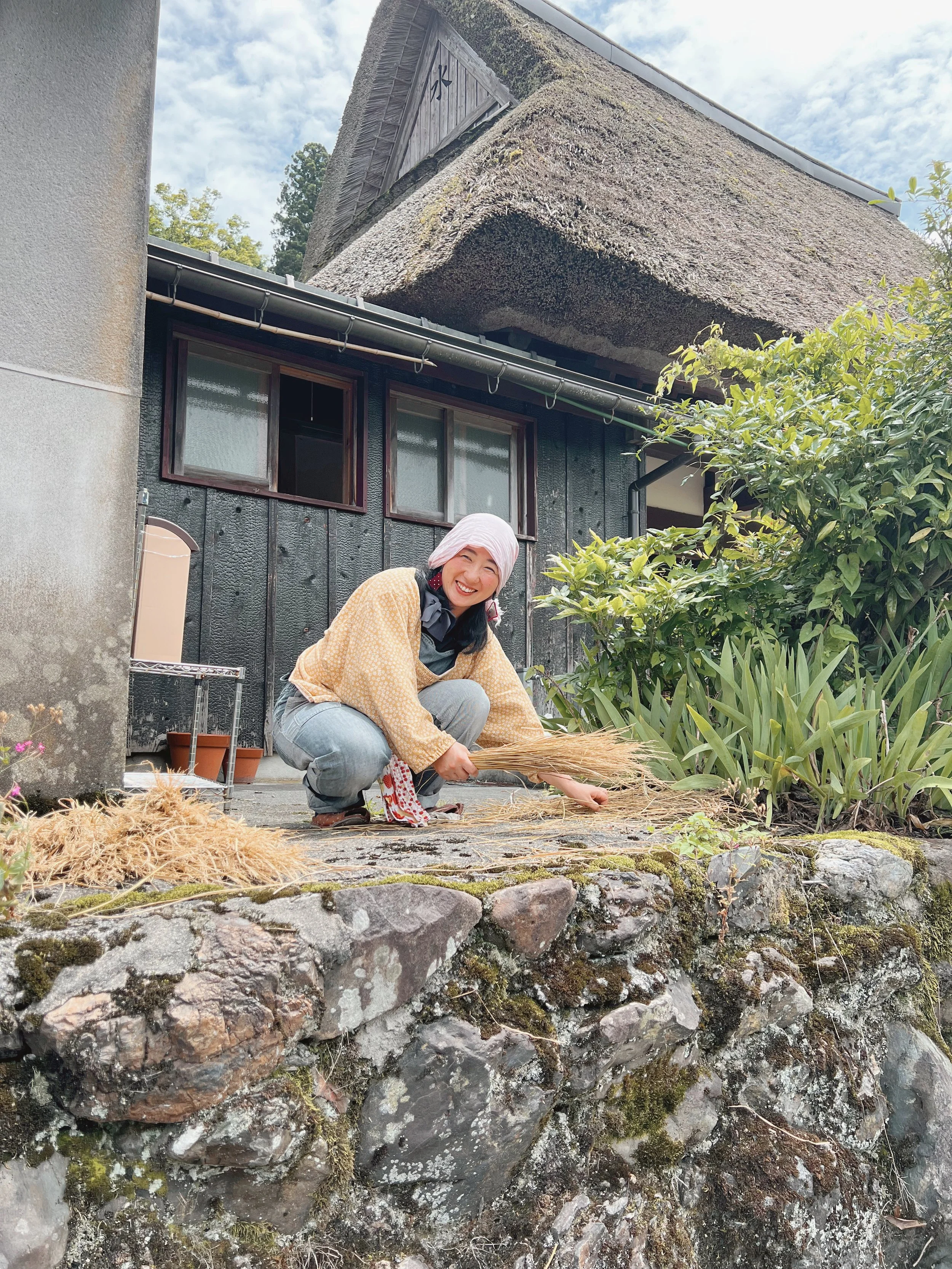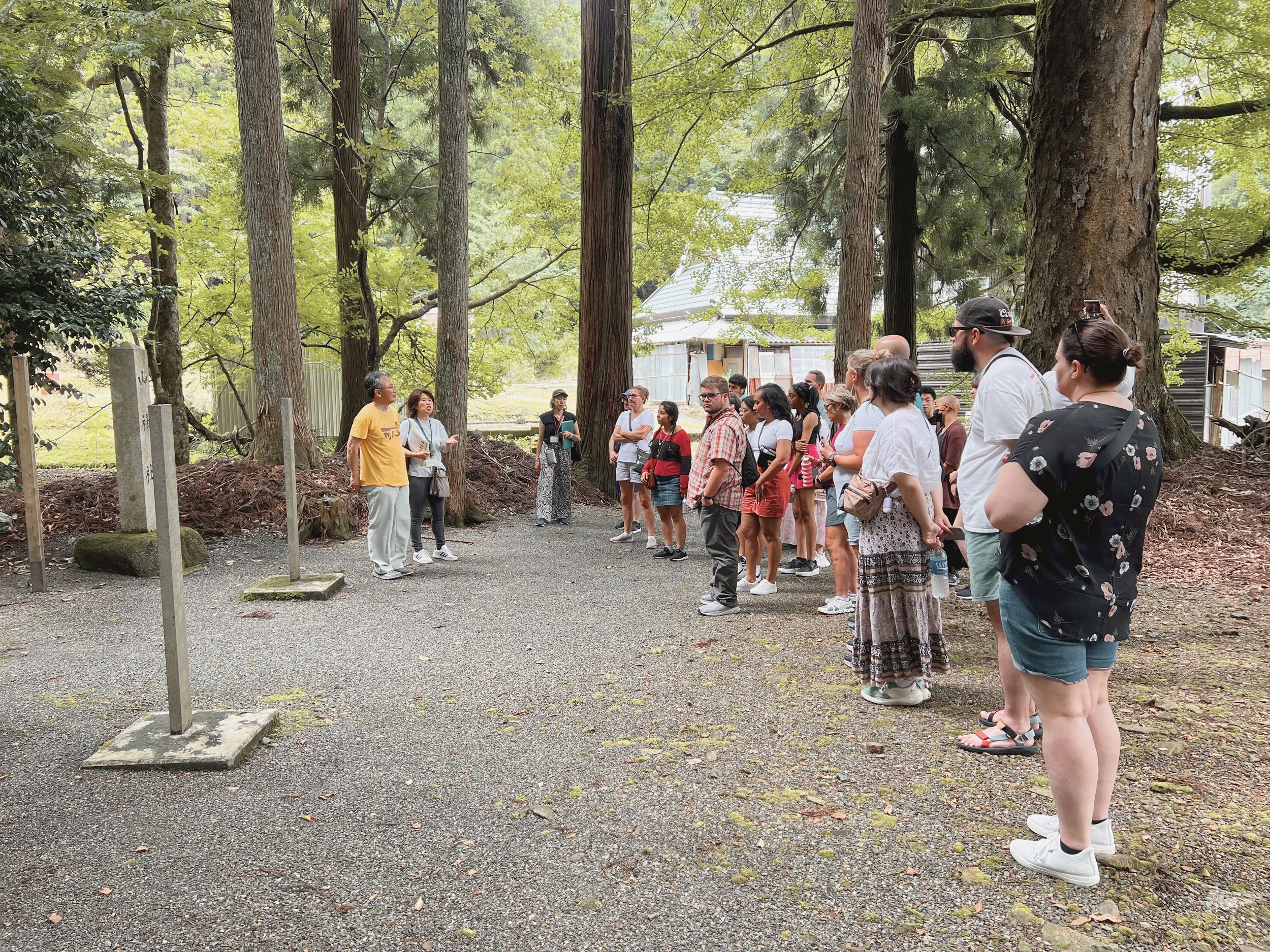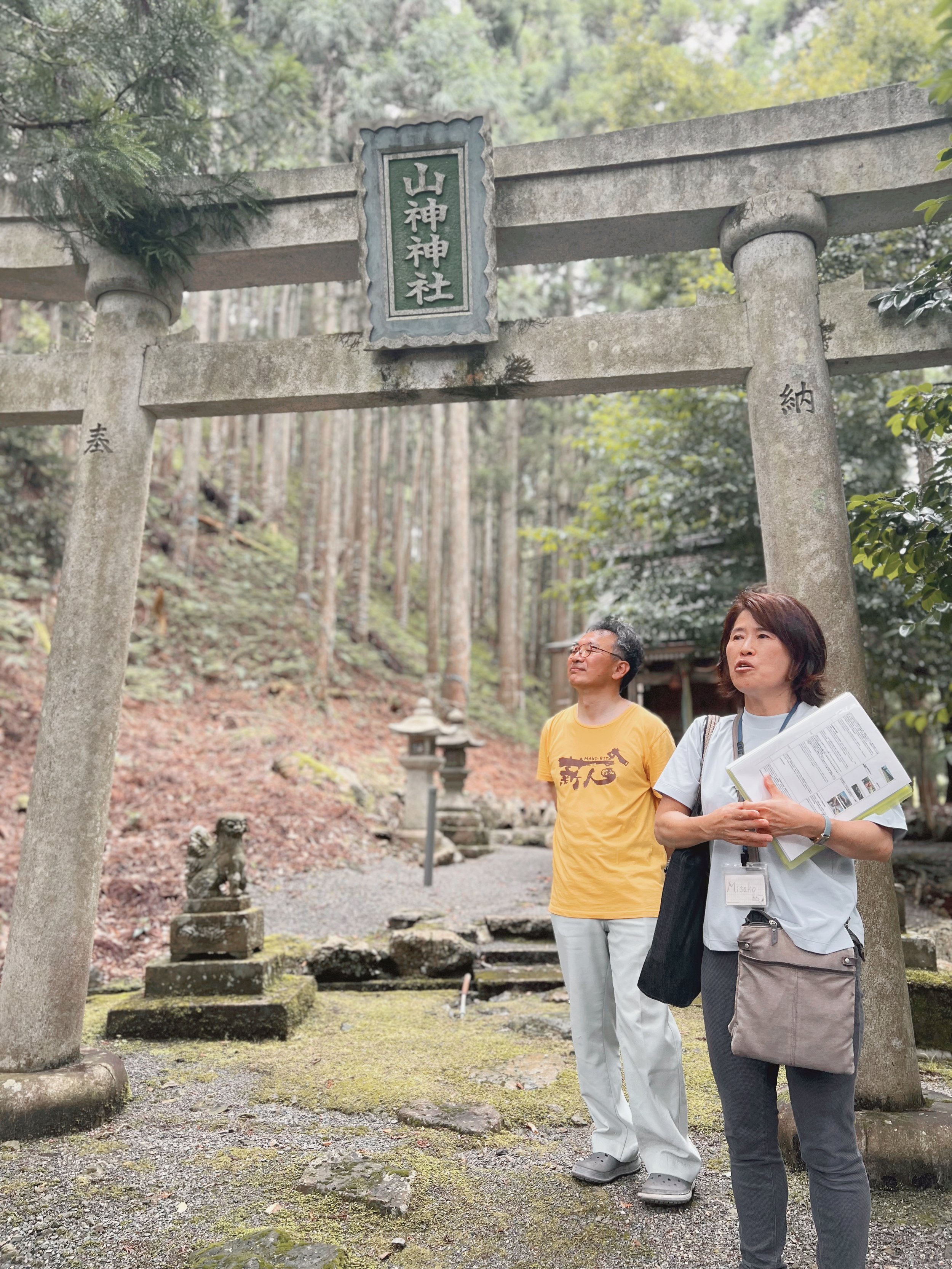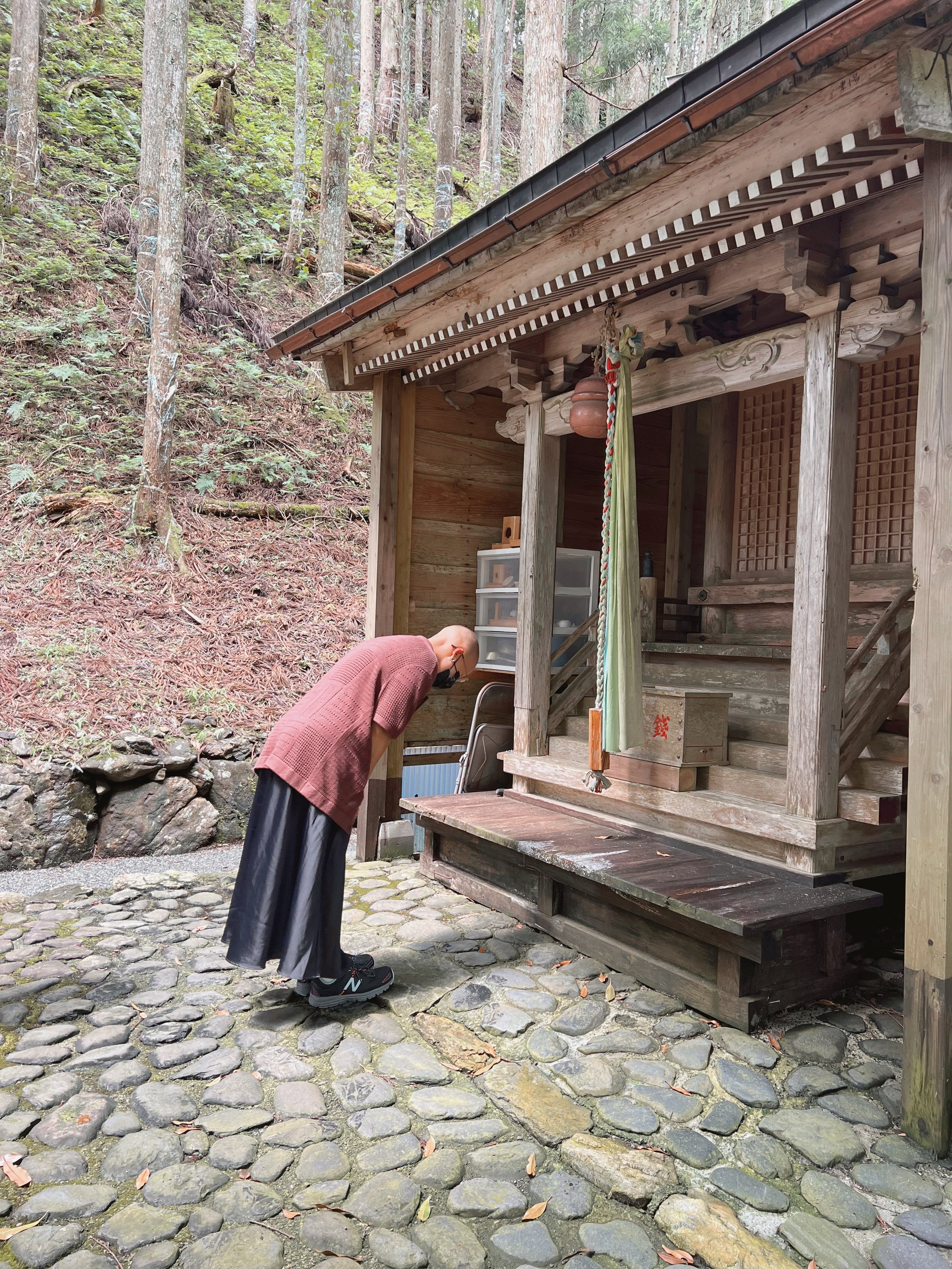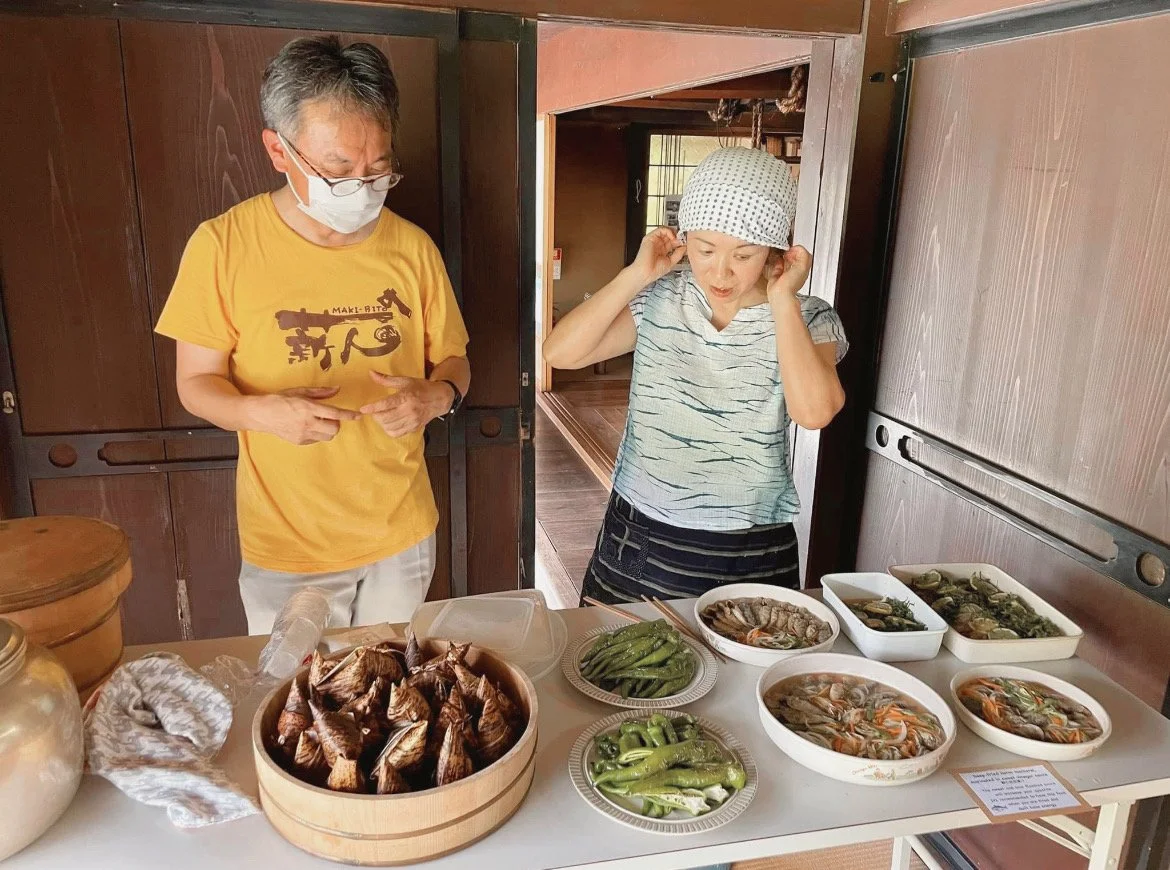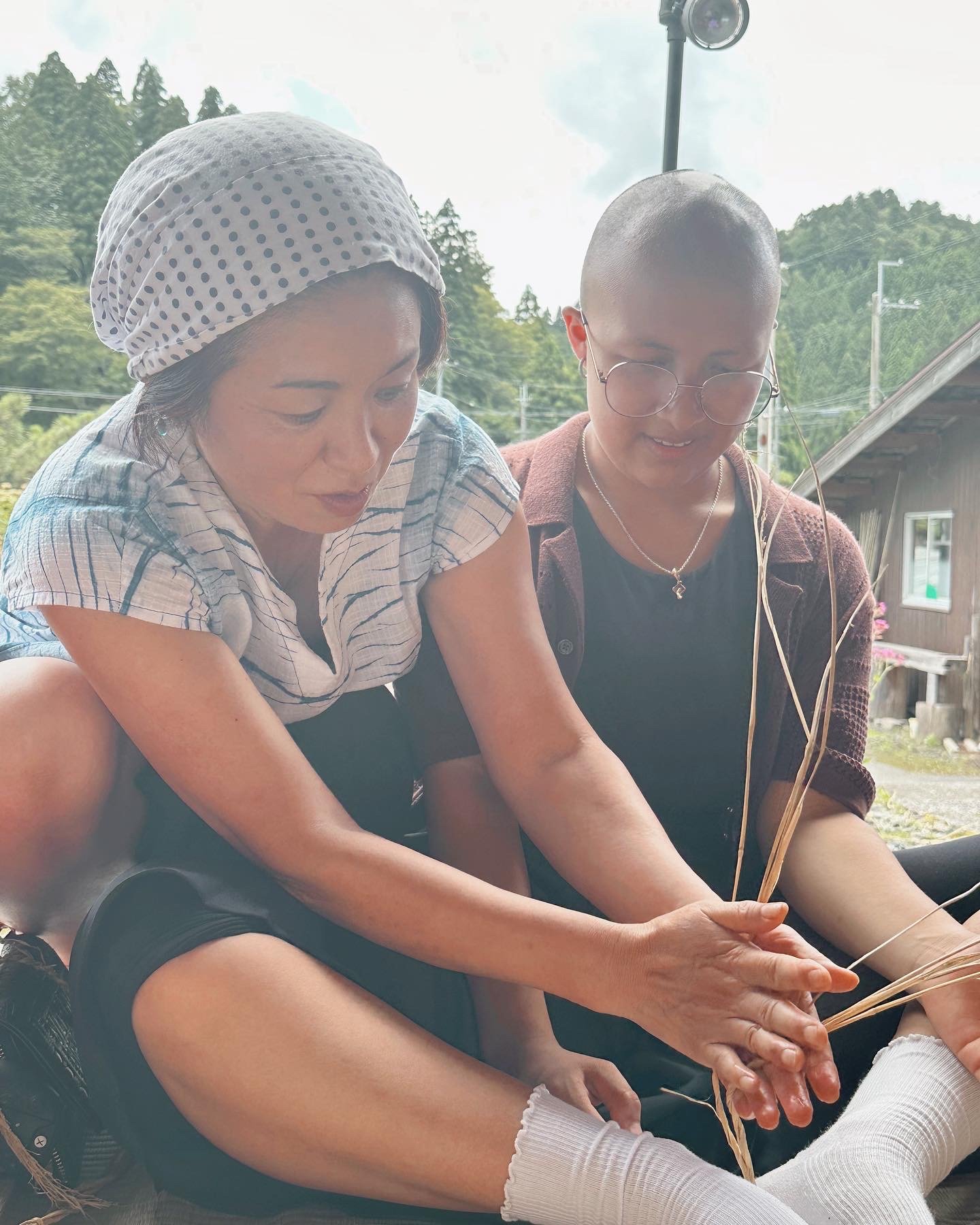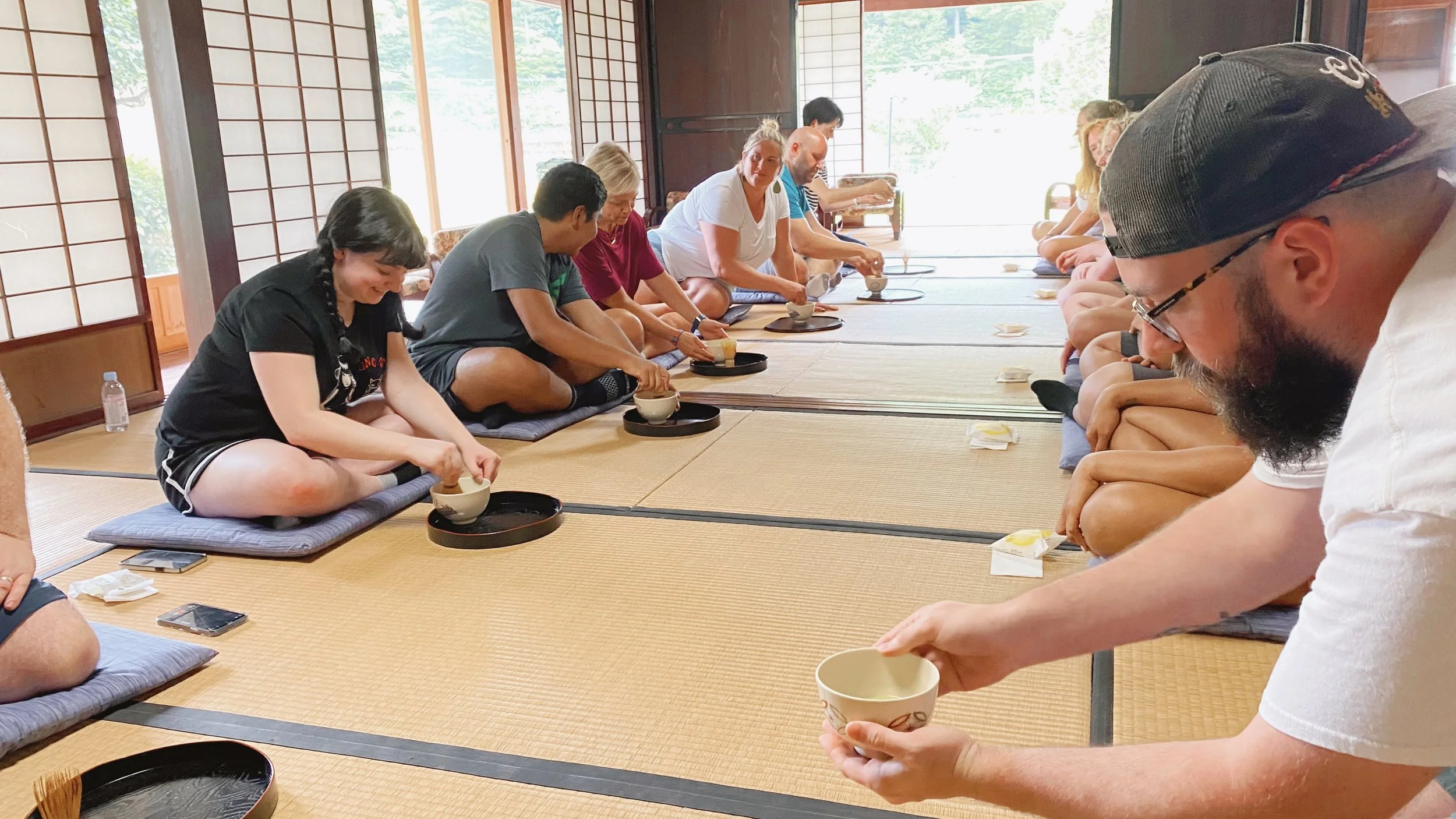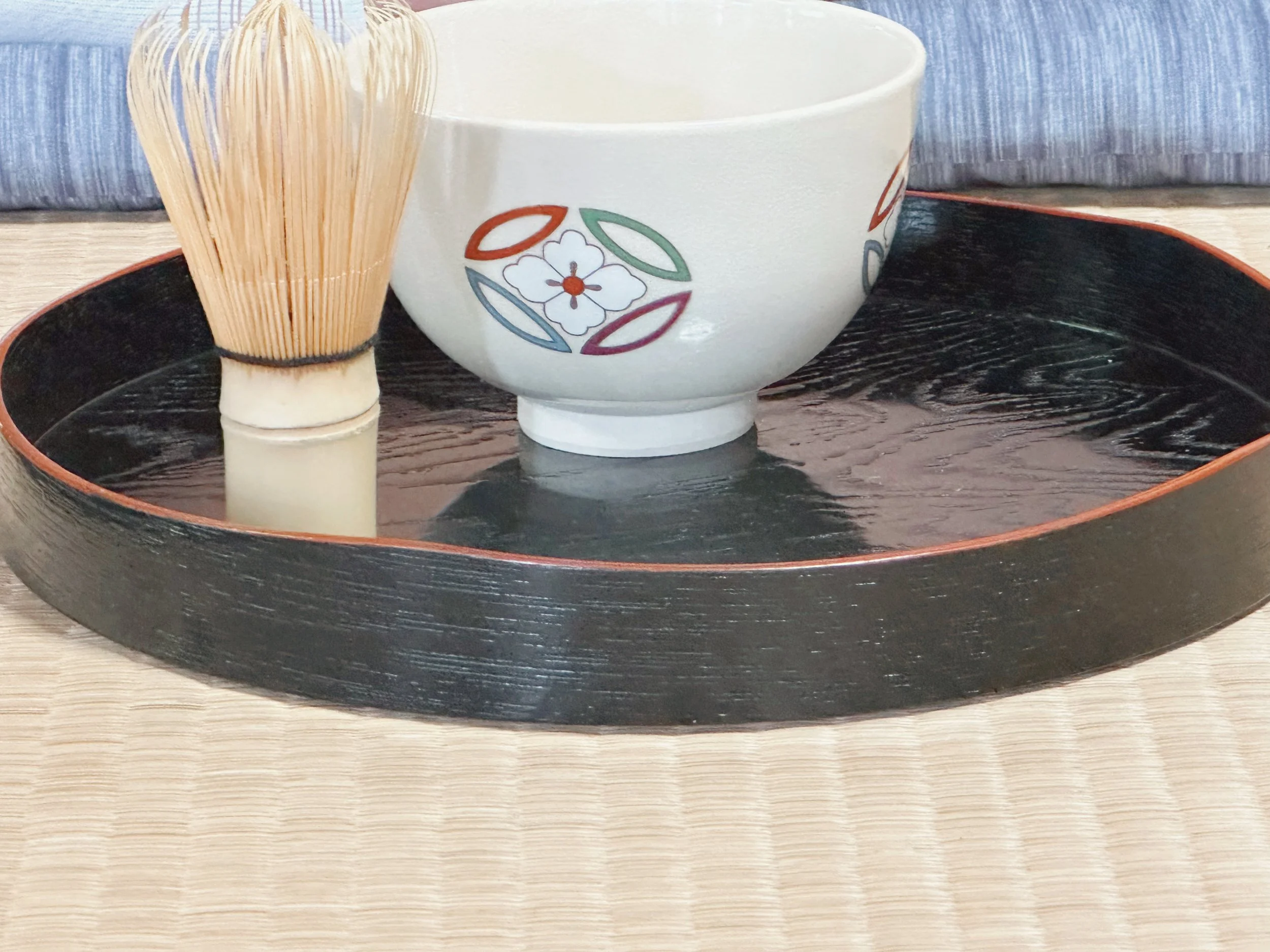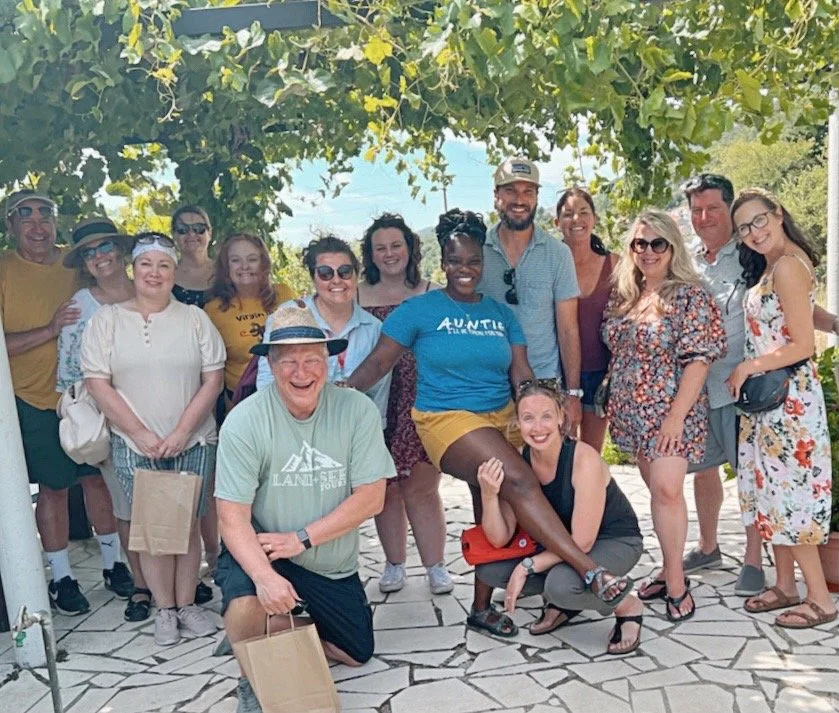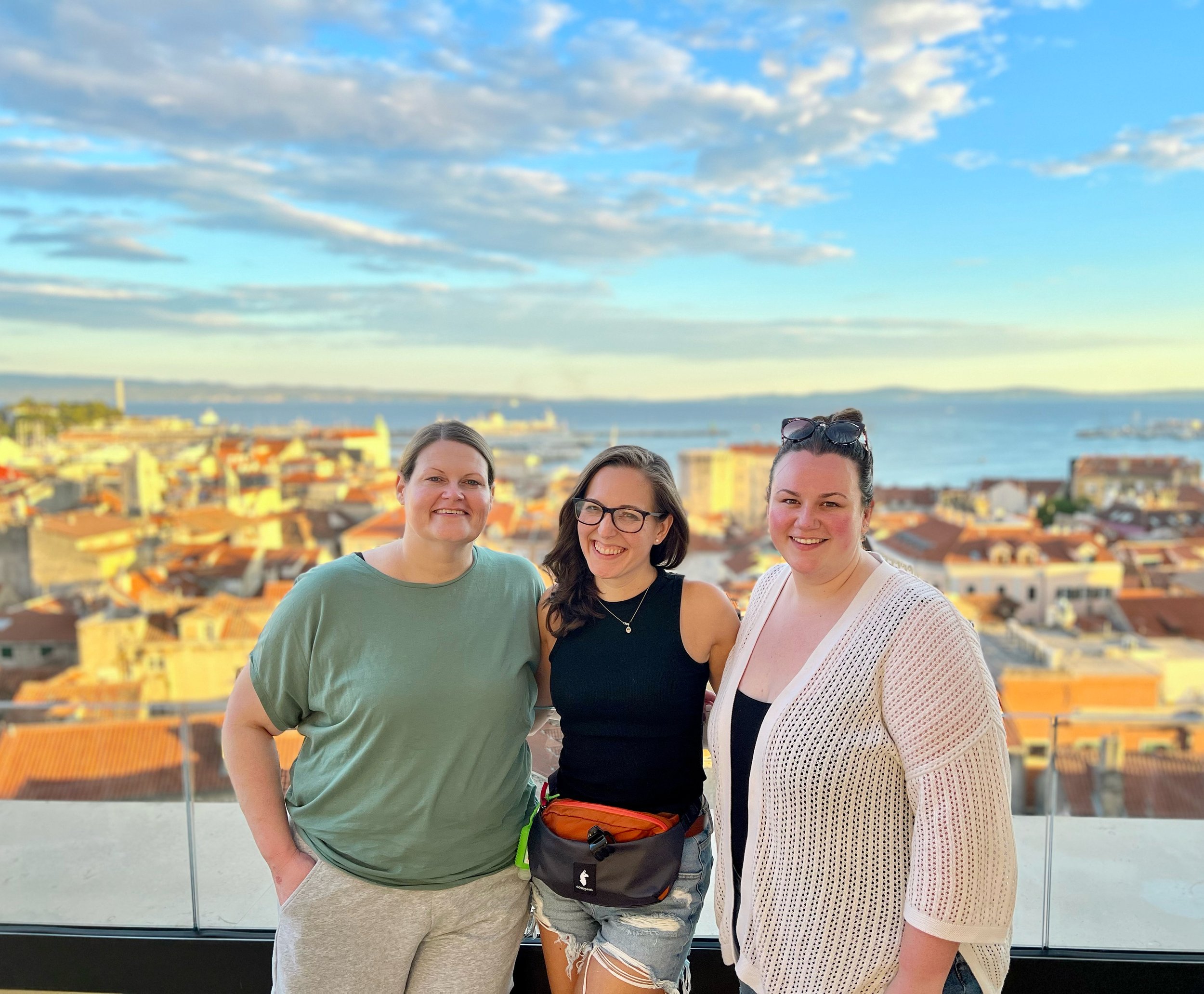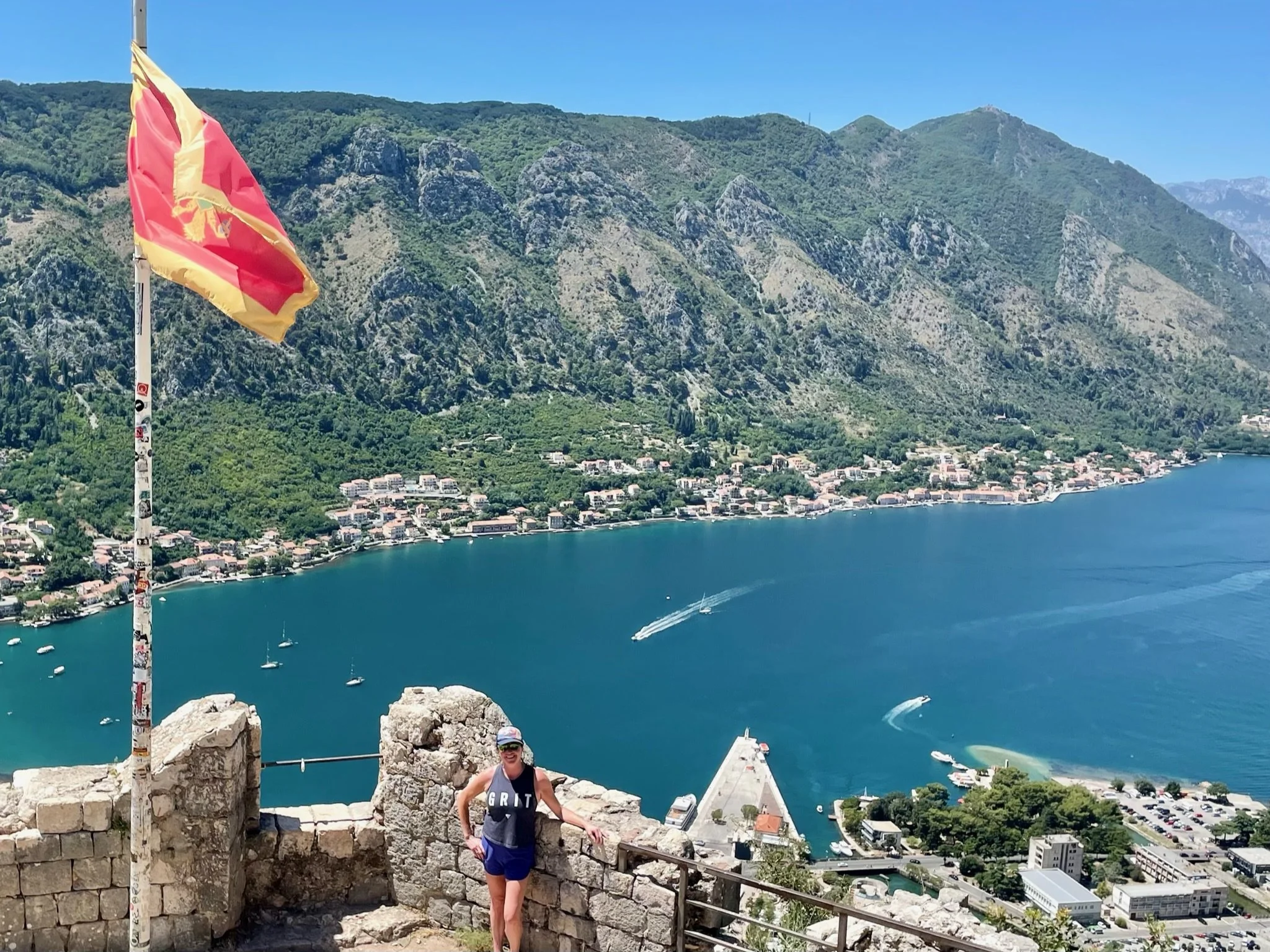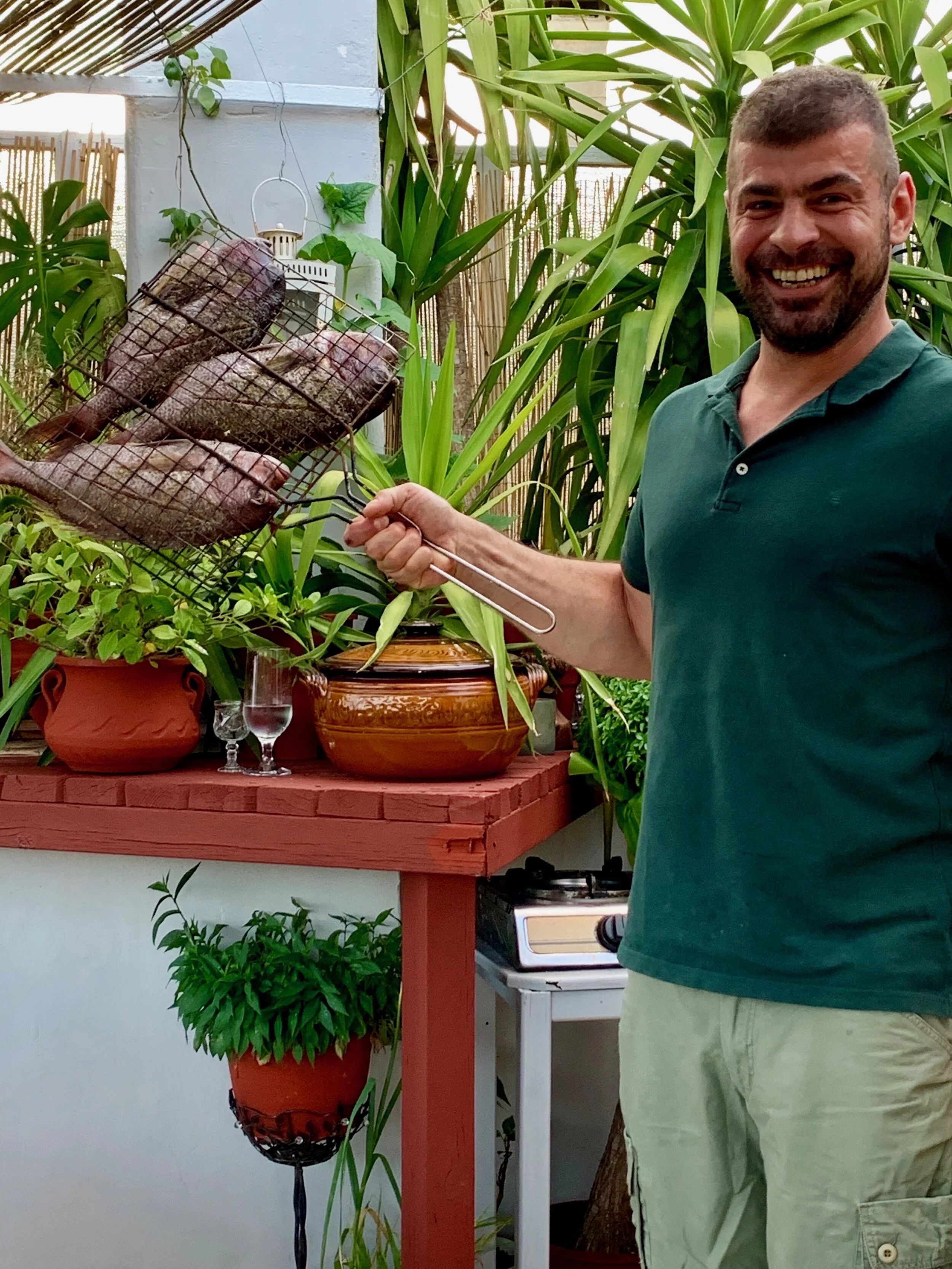Some travelers leave a lasting mark—and for us, Hannah Salmond is definitely one of them. Hannah started traveling with us when she was just nine years old, a rambunctious bundle of energy cartwheeling at the foot of the Acropolis, befriending every stray dog in sight, and offering back massages and impromptu makeovers during long airport layovers. Her joy was infectious—just ask the countless waiters around the world who’ve been charmed into a photo or two!
All these years later, it’s been such a joy to watch Hannah grow into a confident young woman who has truly used the world as her classroom. From that spirited little traveler to the thoughtful global citizen she’s become, her story reminds us why travel is one of the greatest gifts we can give our kids. We recently sat down with Hannah to talk about how her adventures shaped her outlook on life, what she’s learned from seeing the world, and why she believes it’s worth showing your children the beauty—and challenges—of traveling beyond their comfort zone.
L+S: You first traveled with Land + See when you were nine — how do you feel those early trips shaped the way you see the world today?
Hannah: Traveling with Land + See at nine years old really opened my eyes to how big and beautiful the world is. It taught me early on to be curious and to see things from other people’s perspectives. Those trips definitely helped me grow into someone who appreciates different cultures and loves new experiences.
L+S: Over the years, which destination or travel memory has stood out as your favorite, and why does it stick with you?
Hannah: My favorite trip would have to be our Ireland or Iceland trip. Where I got to explore somewhere completely new and outside my comfort zone. I still remember the feeling of excitement and wonder seeing things I had only read about. It sticks with me because it showed me how travel can completely change the way you think and feel.
L+S: How has sharing these travel experiences with your family influenced your relationship with them, or the way you experience new places together?
Hannah: Sharing these experiences with my family made our bond so much stronger. Traveling together gave us memories that we still talk and laugh about today. It also taught us how to work as a team, adapt, and enjoy every moment—no matter where we are.
L+S: Traveling over the years, have you formed friendships with other travelers that have lasted beyond the trip? How have those connections impacted your experience?
Hannah: I’ve met people on trips who have become lifelong friends. It’s amazing how quickly you can connect with someone when you’re exploring new places together. Those friendships have made travel even more meaningful and remind me that kindness and connection exist everywhere.
L+S: As you’ve grown older and continued traveling, how has your perspective on travel and different cultures changed compared to when you first started?
Hannah: As I’ve grown older, I see travel less as a vacation and more as an opportunity to learn. I’ve developed a deeper respect for different ways of life and the people who share their cultures with me. It’s made me more open-minded, patient, and grateful for the world around me.
L+S: What’s something you’ve learned about yourself through your travels that you don’t think you could have learned any other way?
Hannah: Through traveling, I’ve learned that I’m more independent and adaptable than I thought. I’ve found confidence in handling new situations and a joy in embracing the unknown. It’s something I don’t think I could have discovered without stepping outside my everyday routine.



